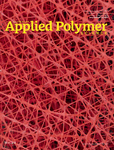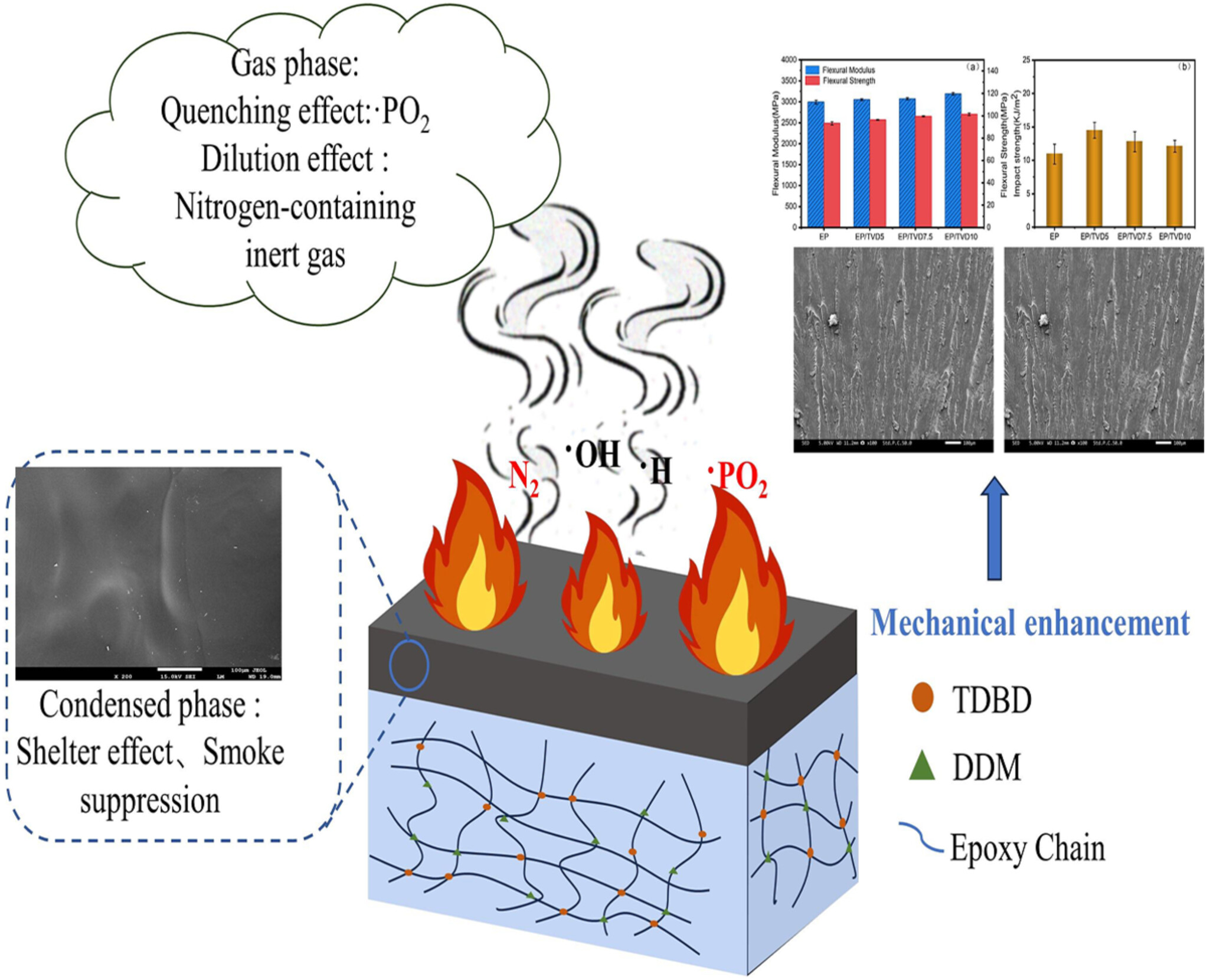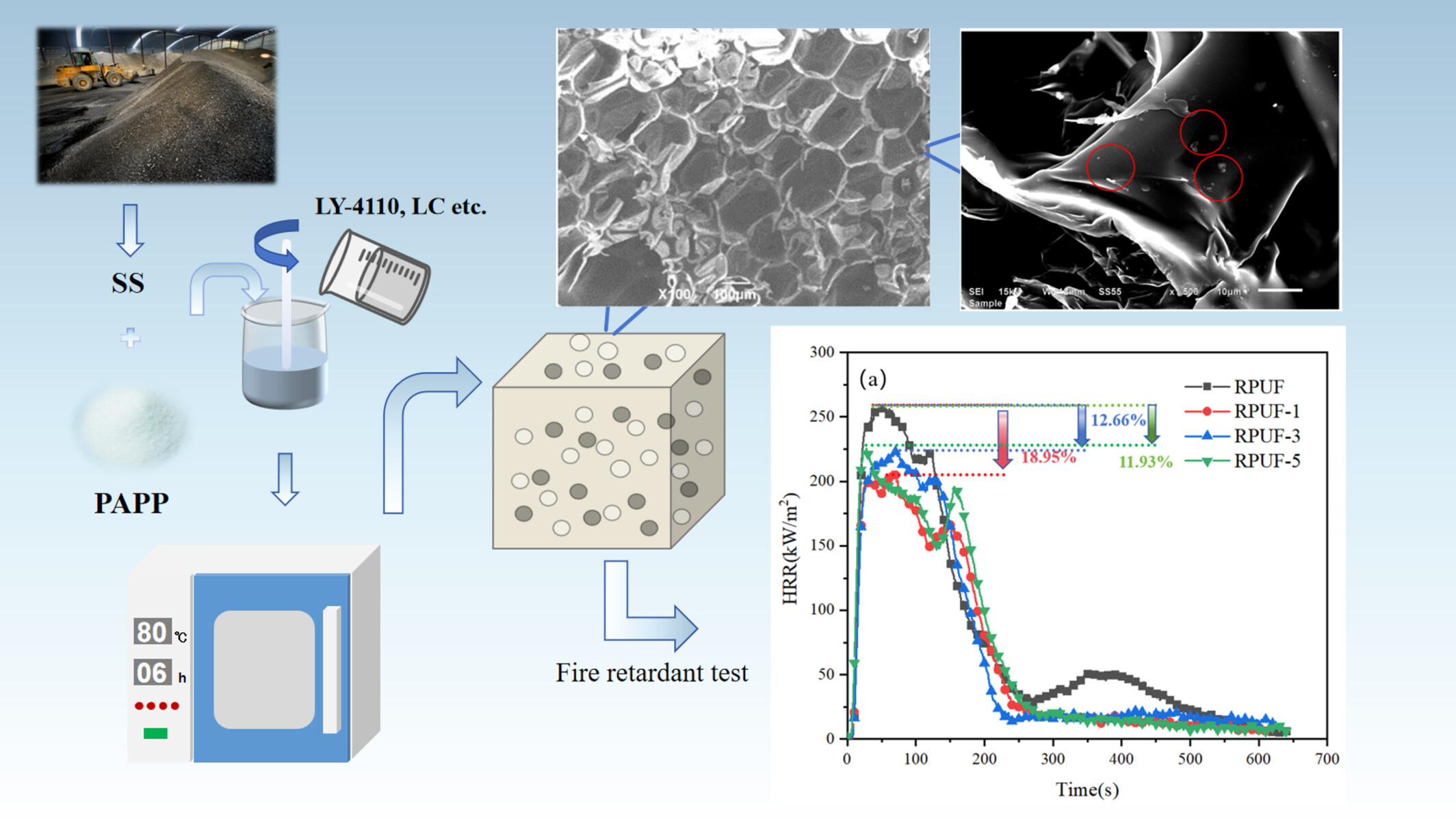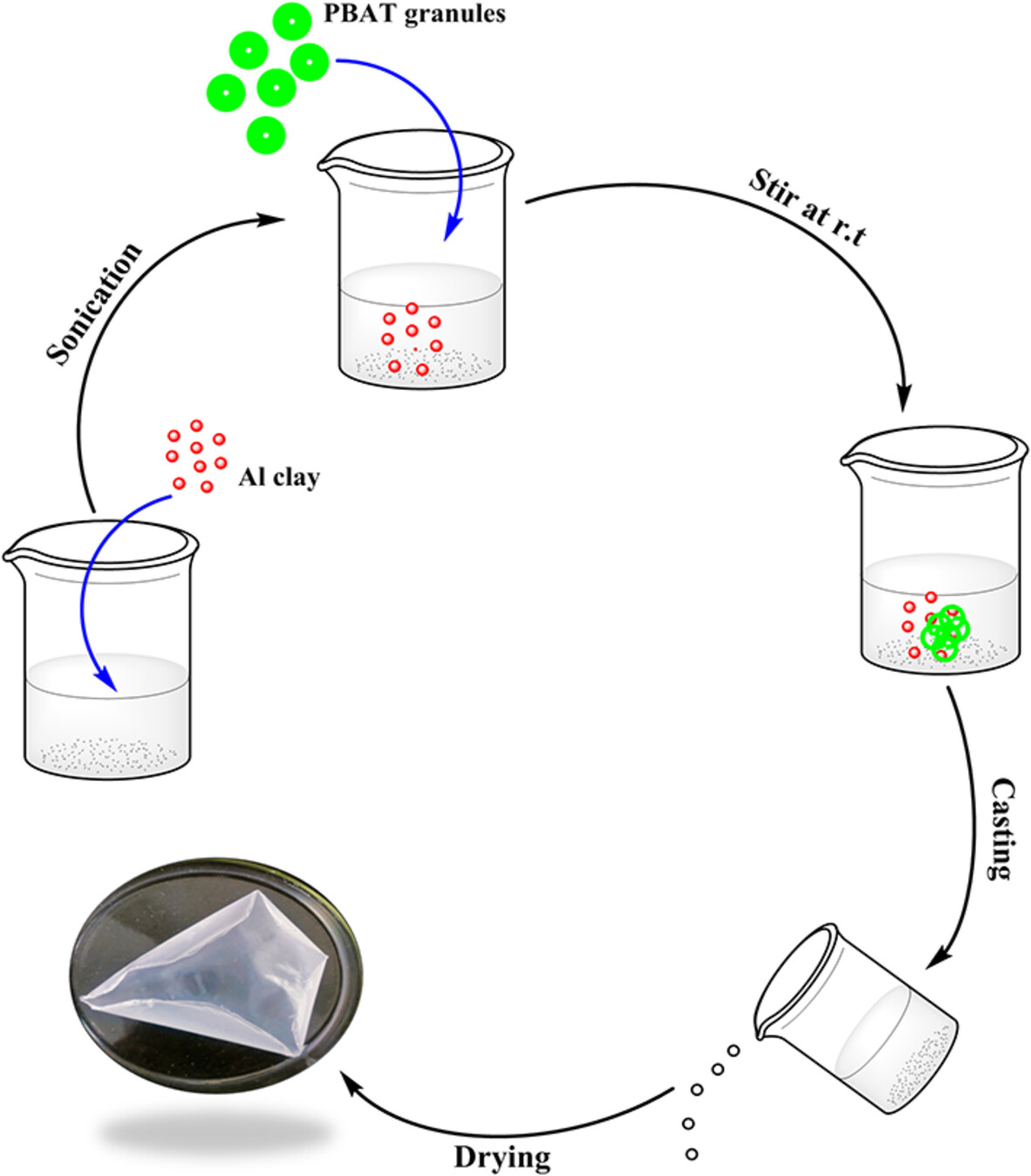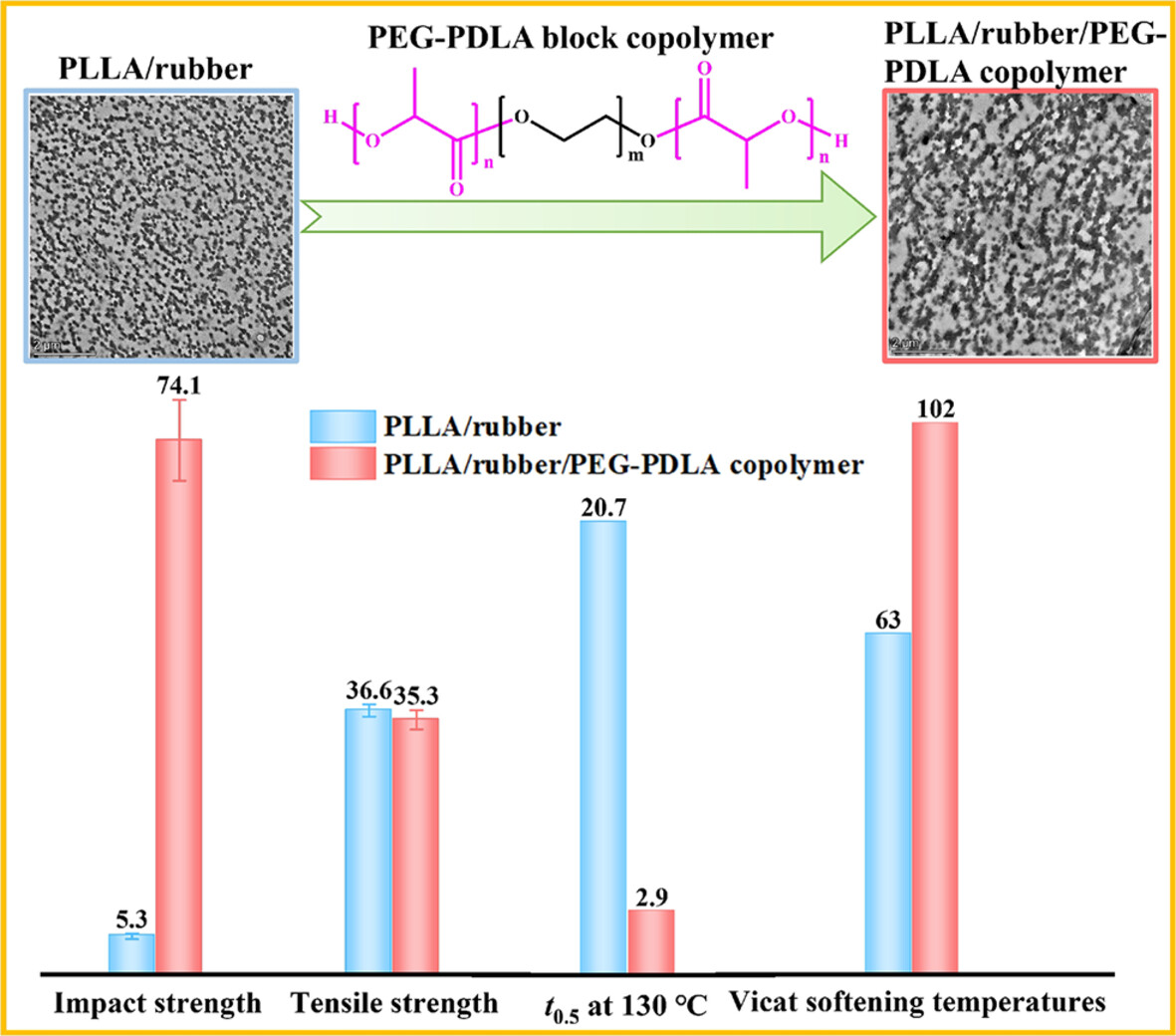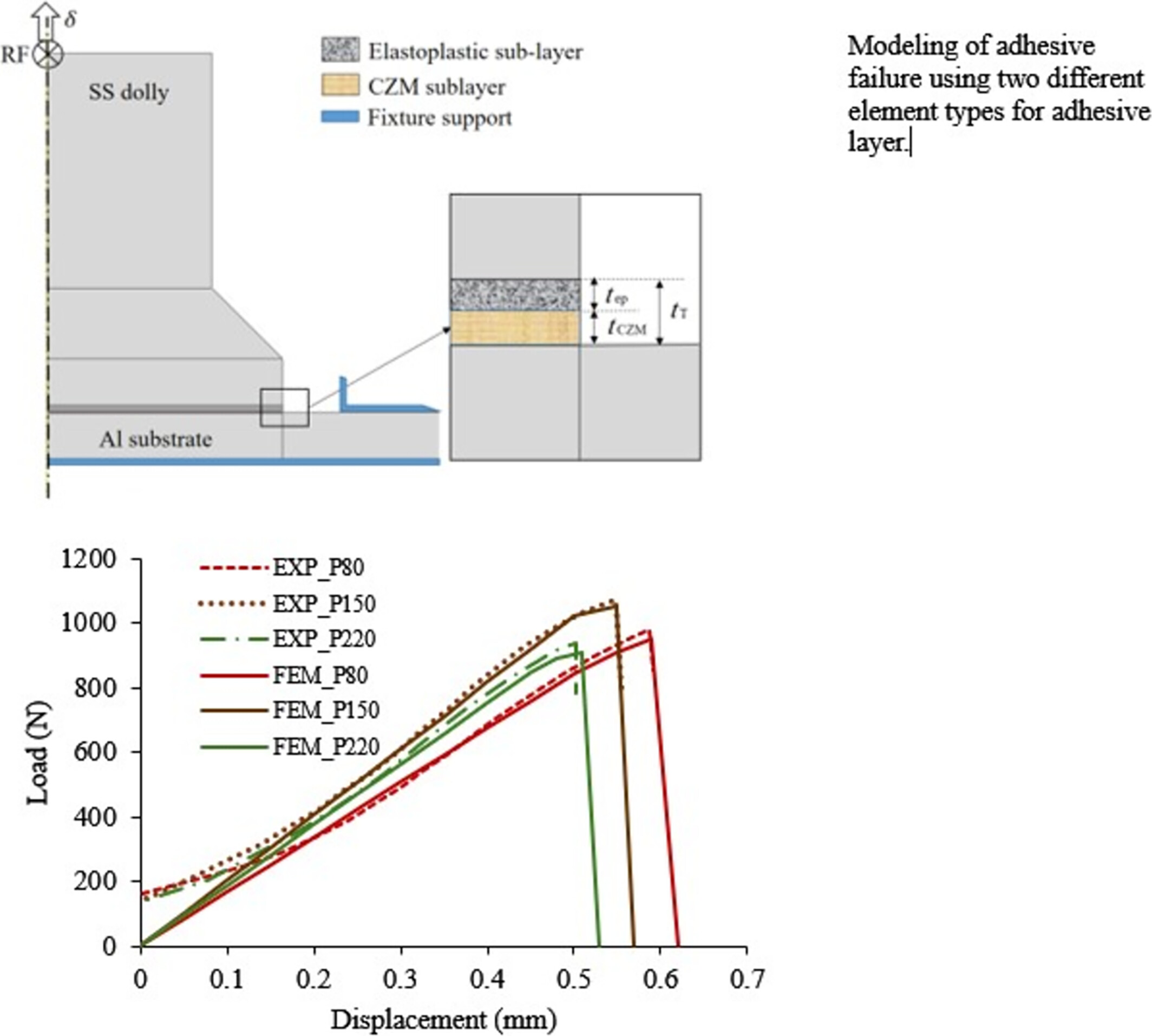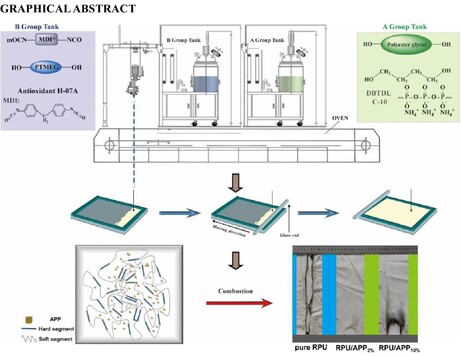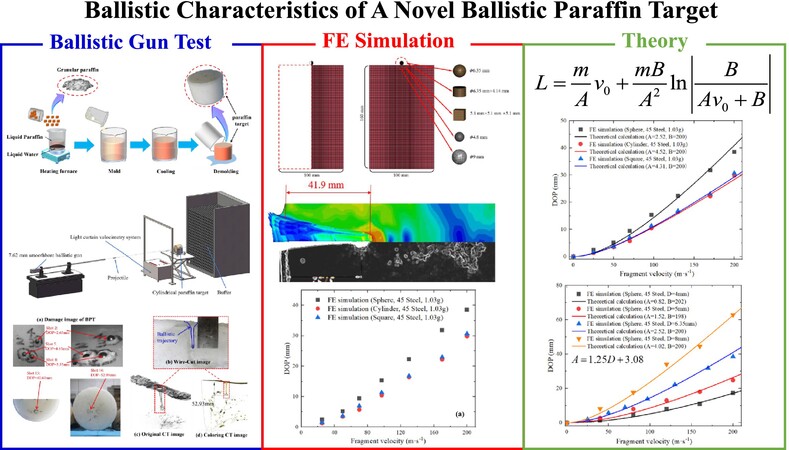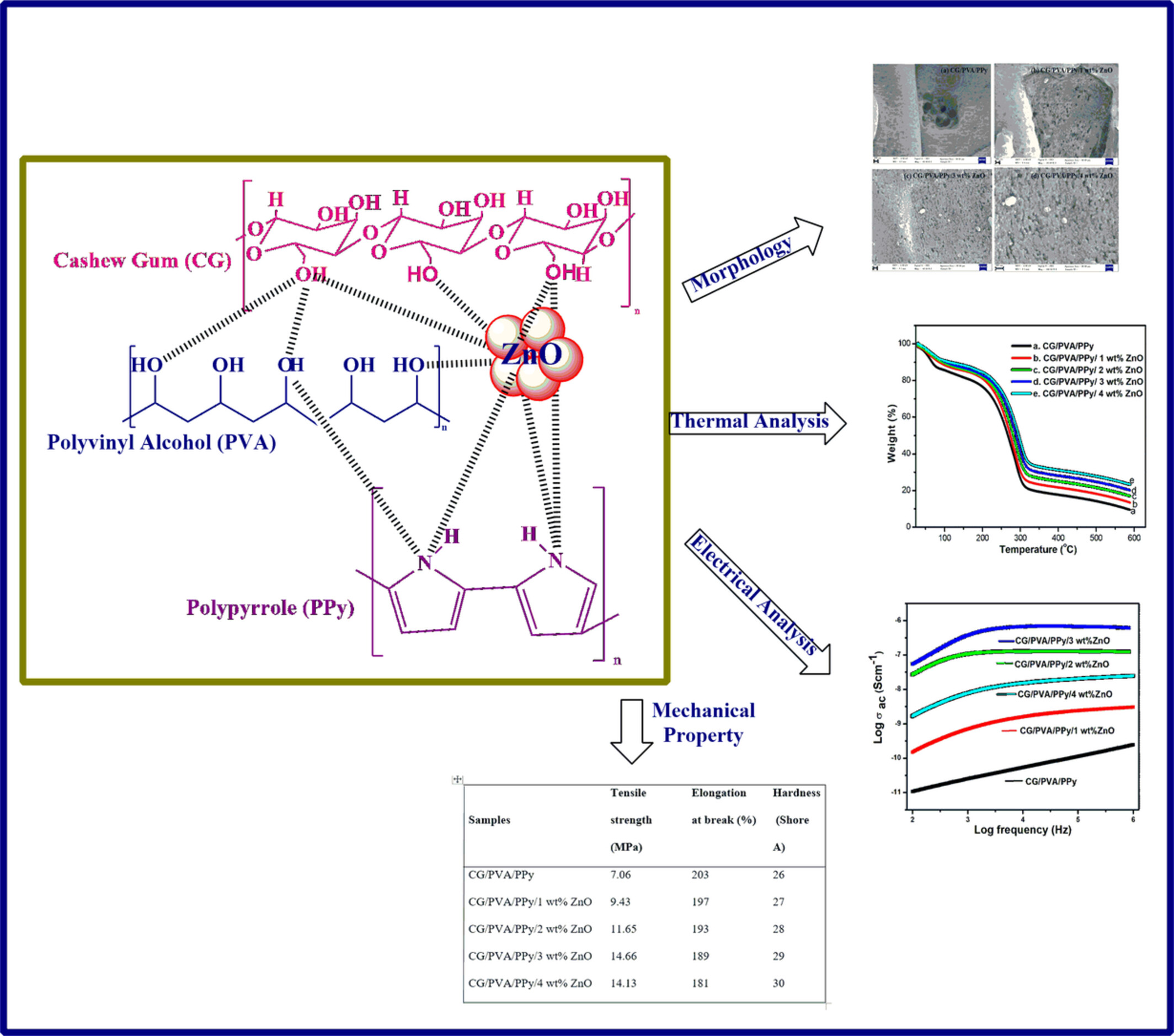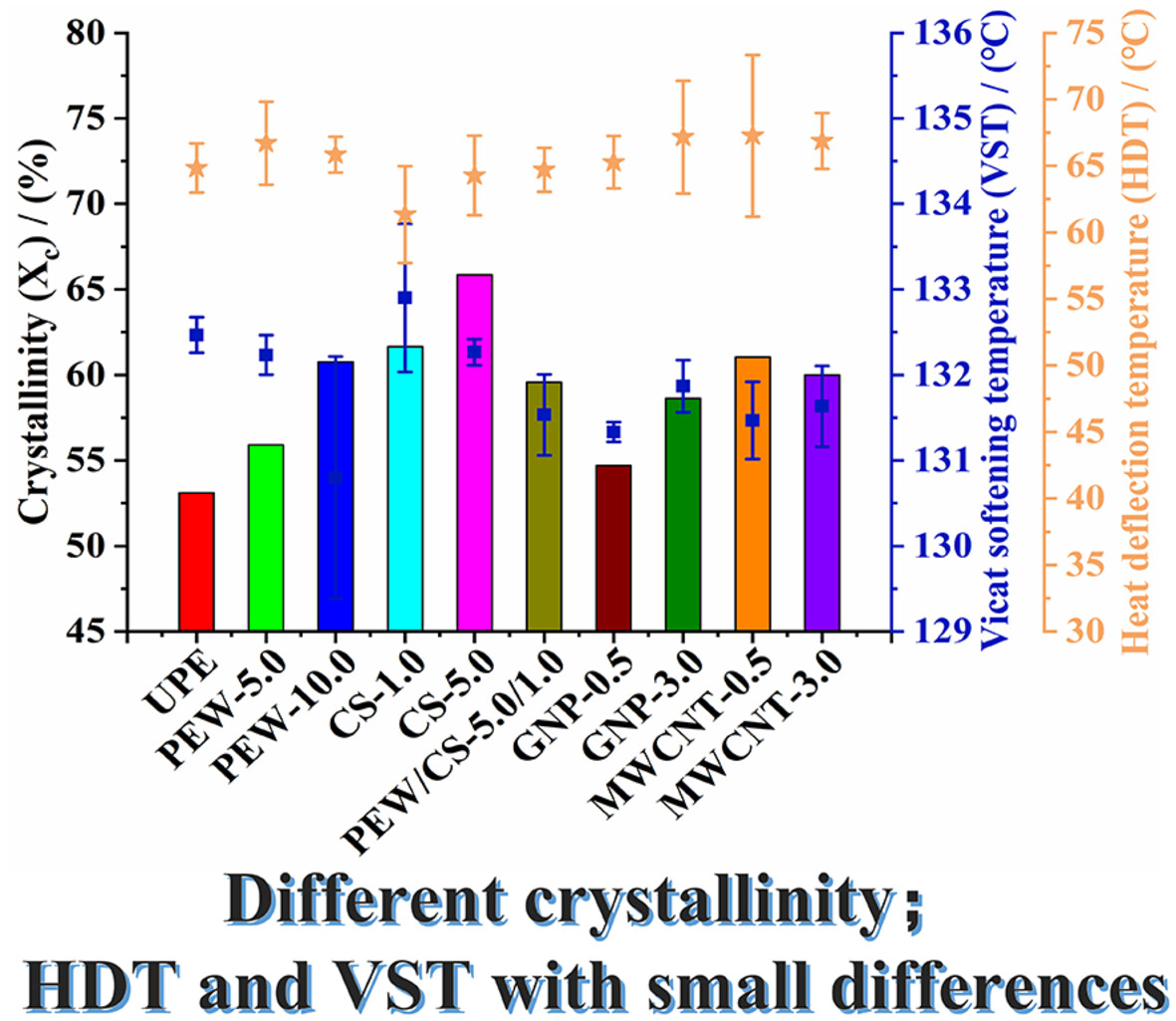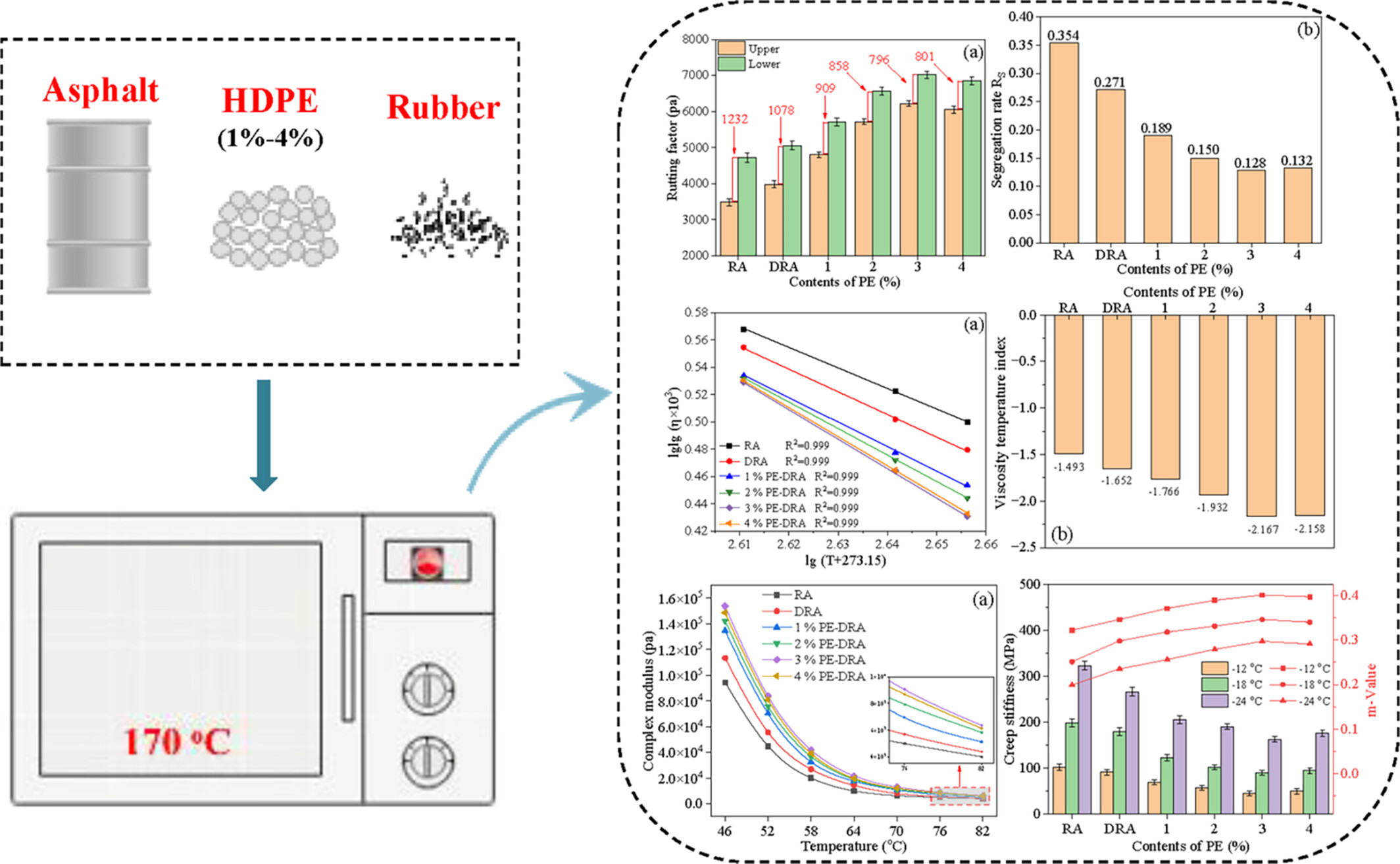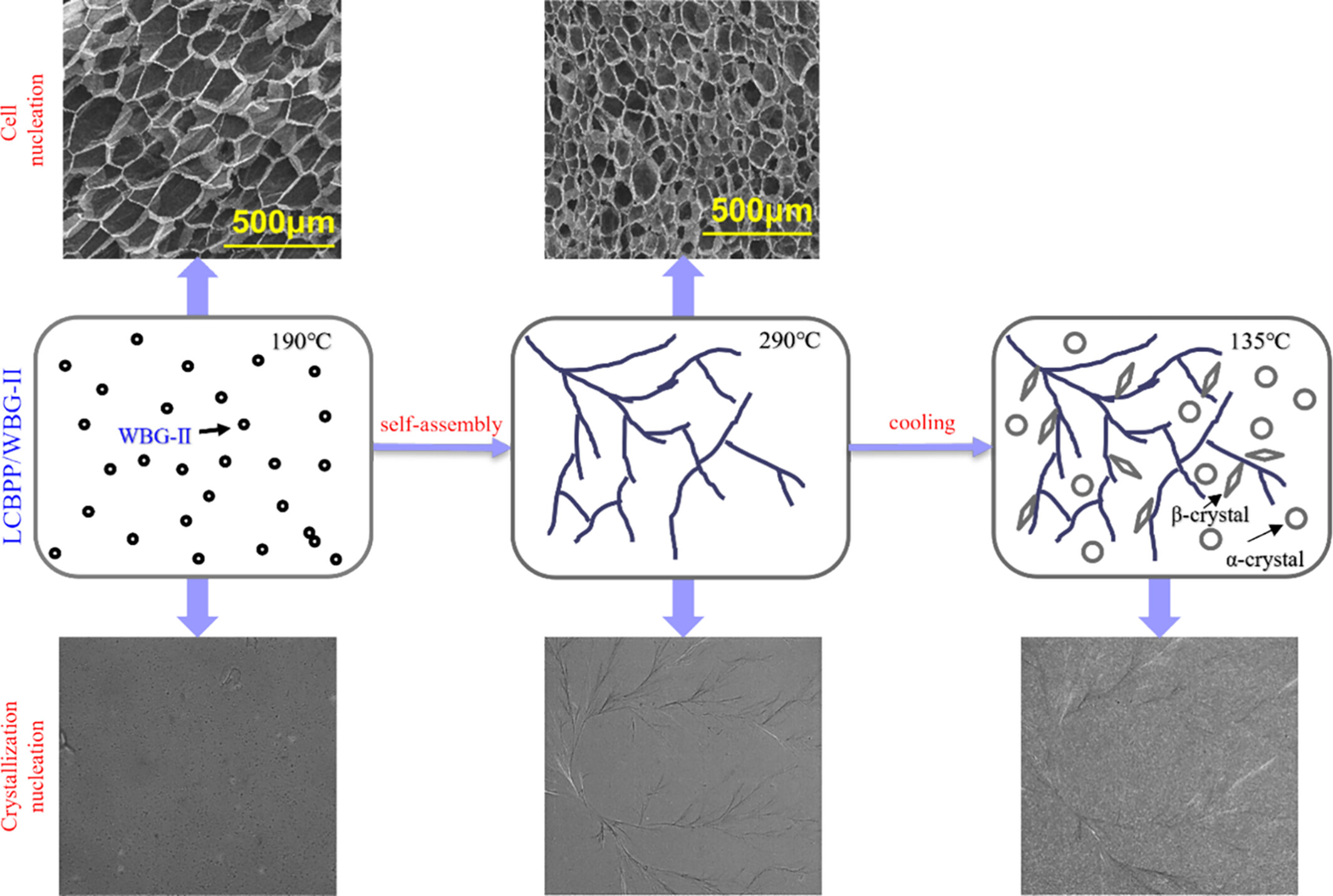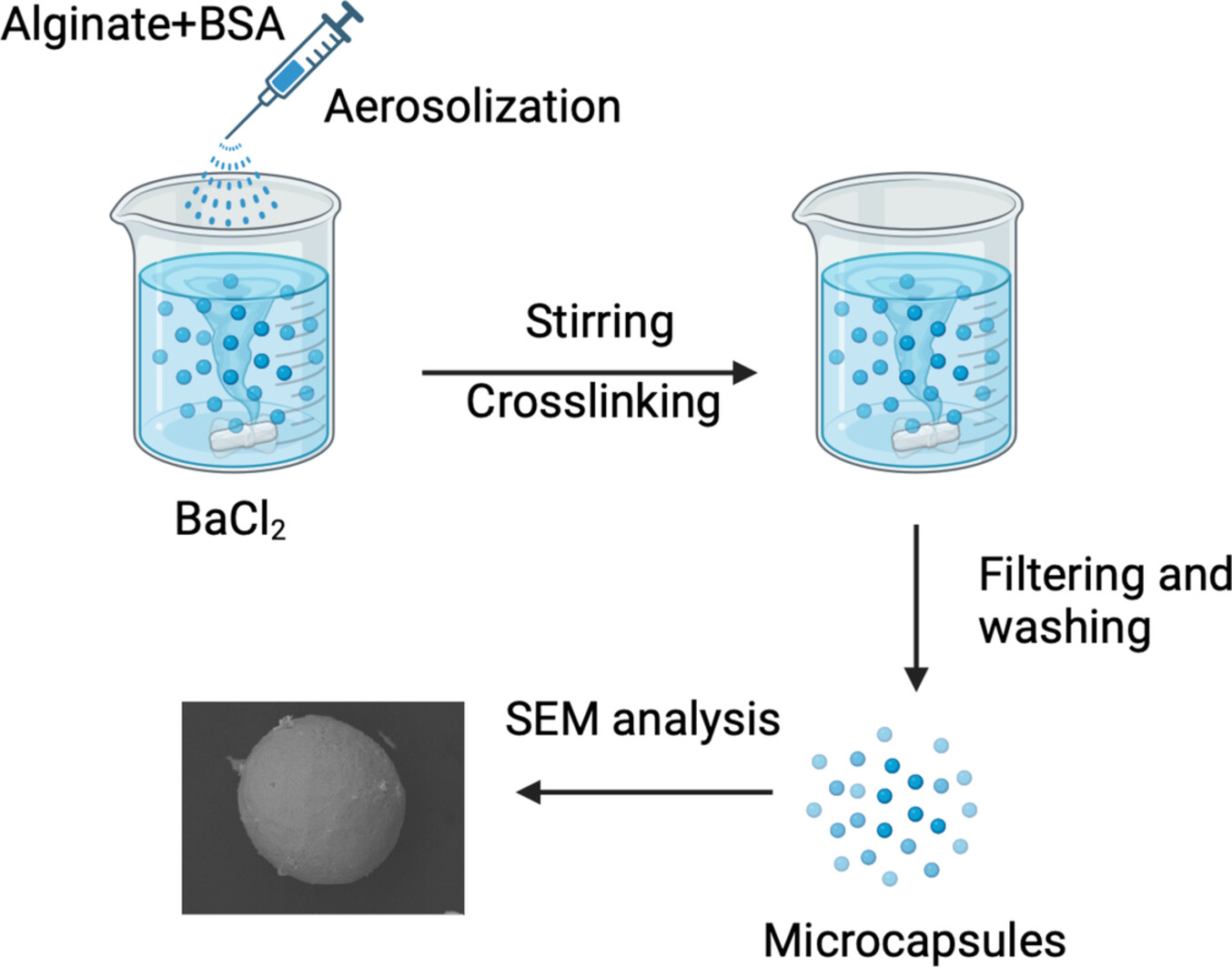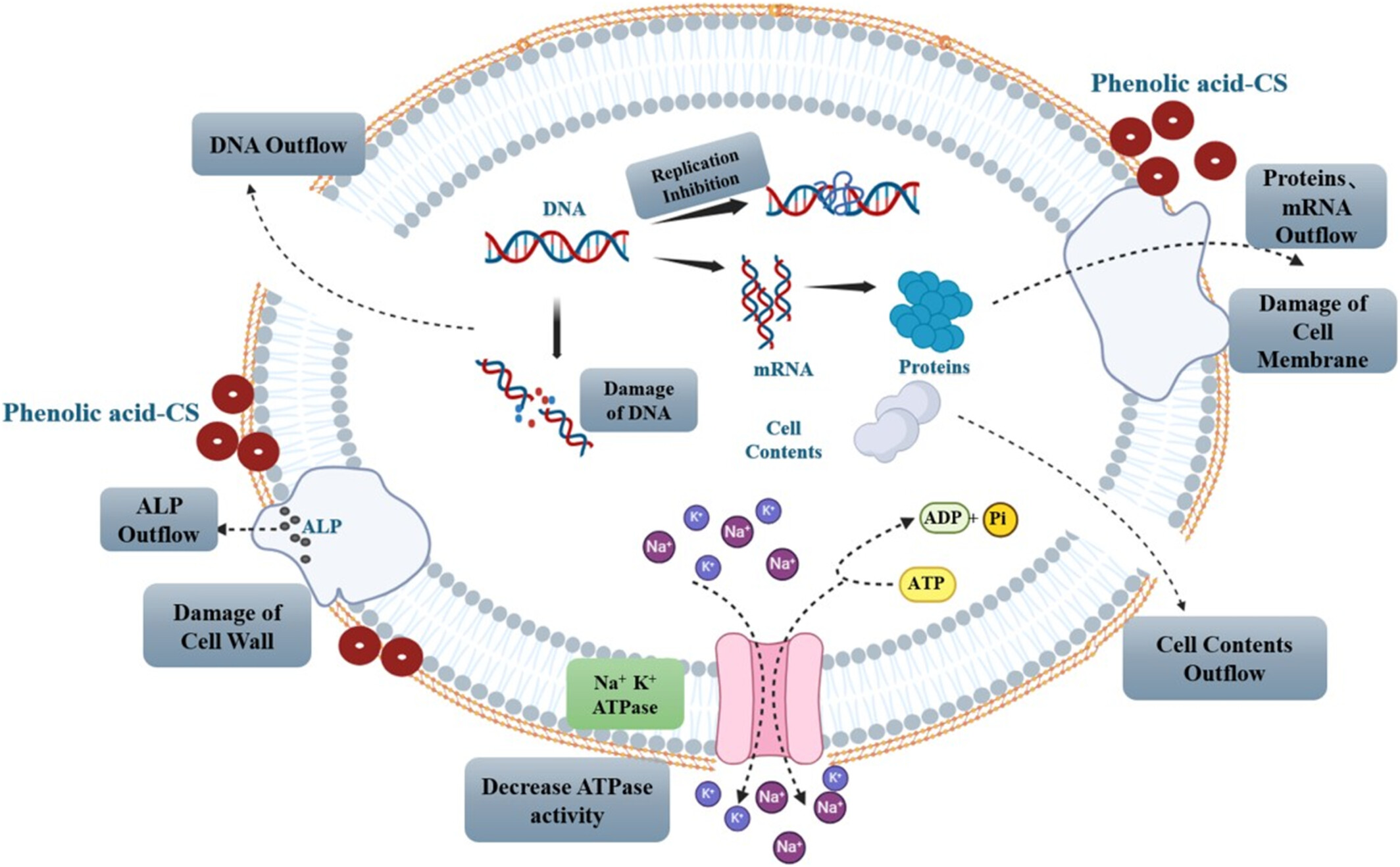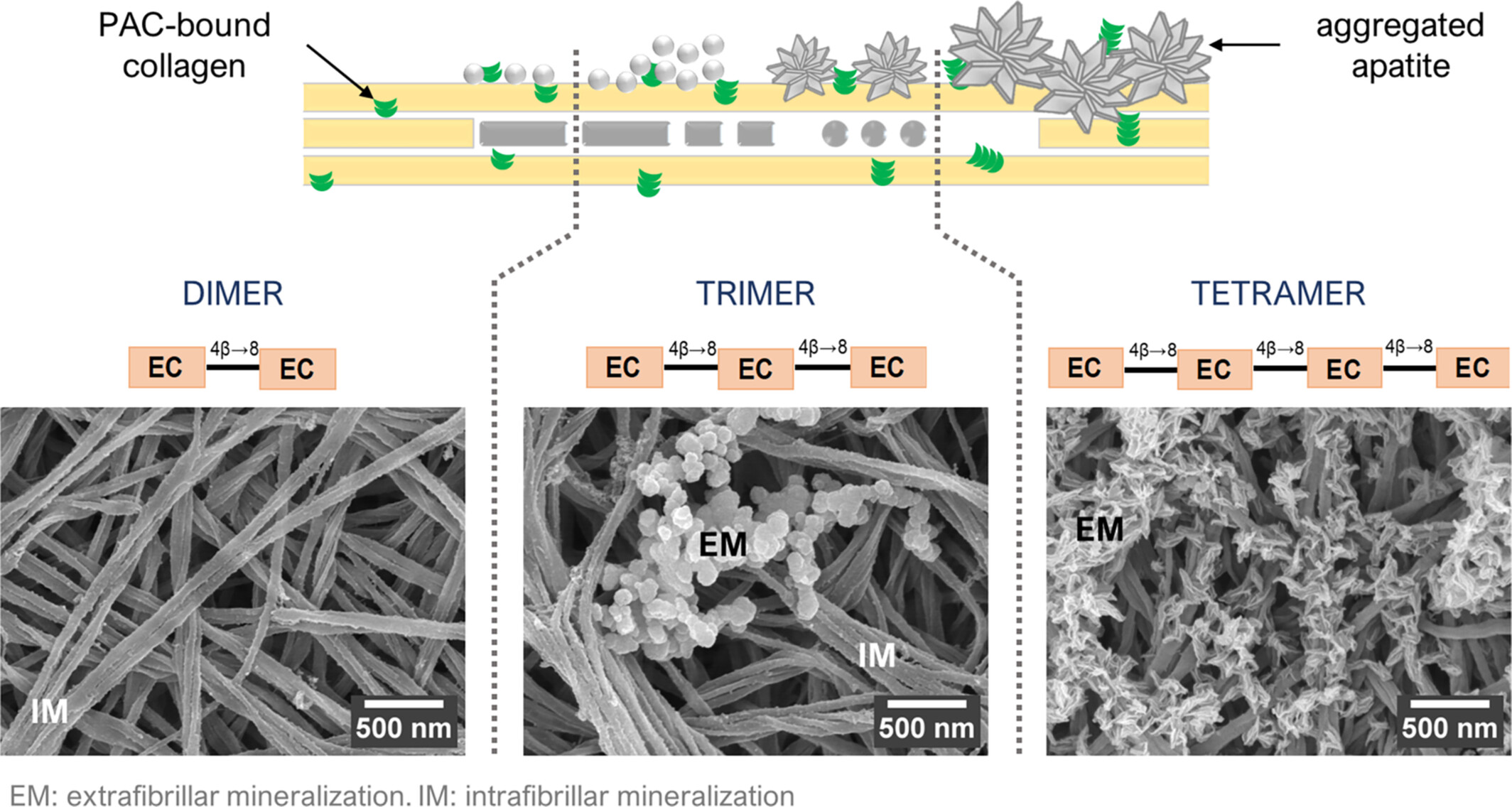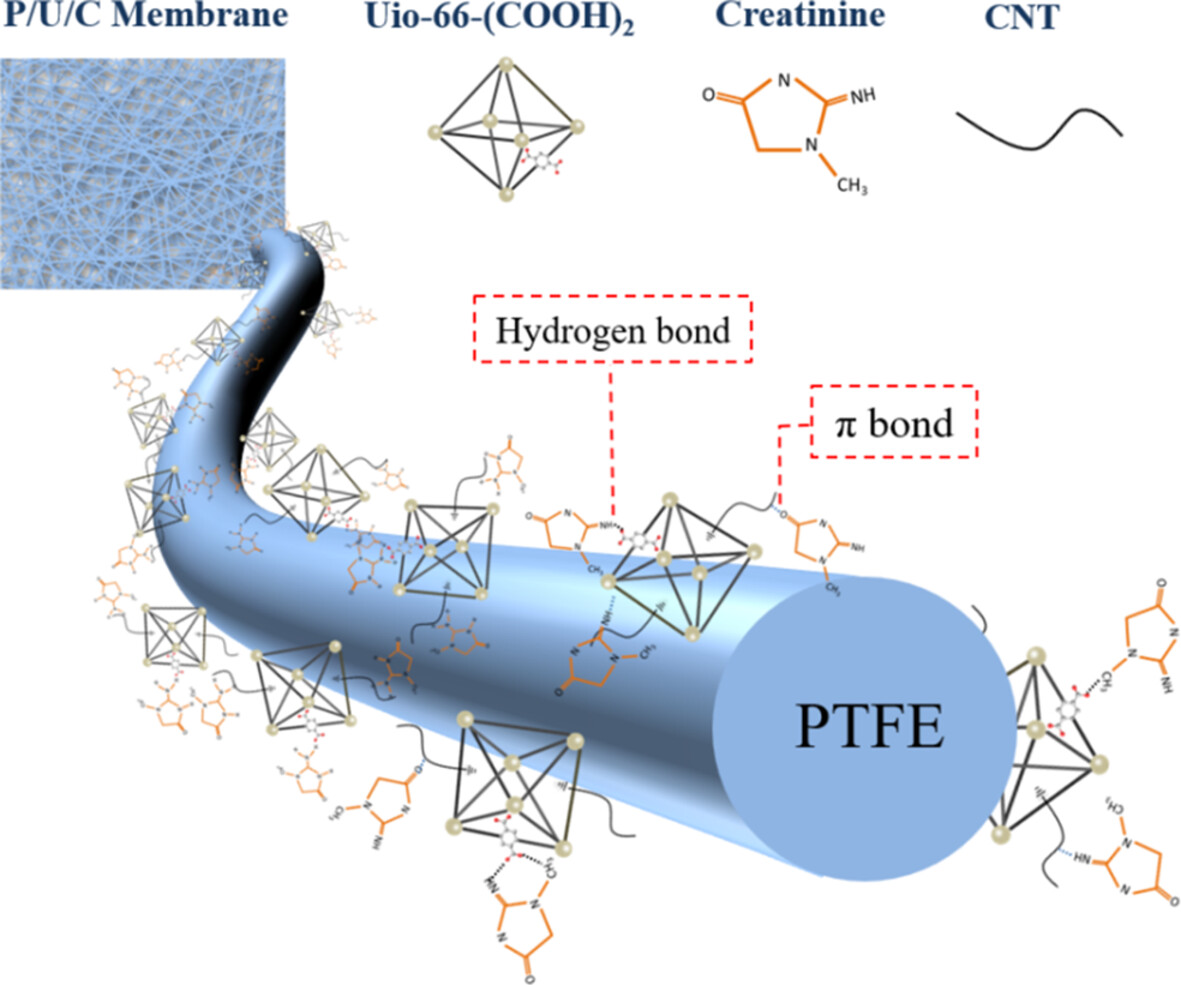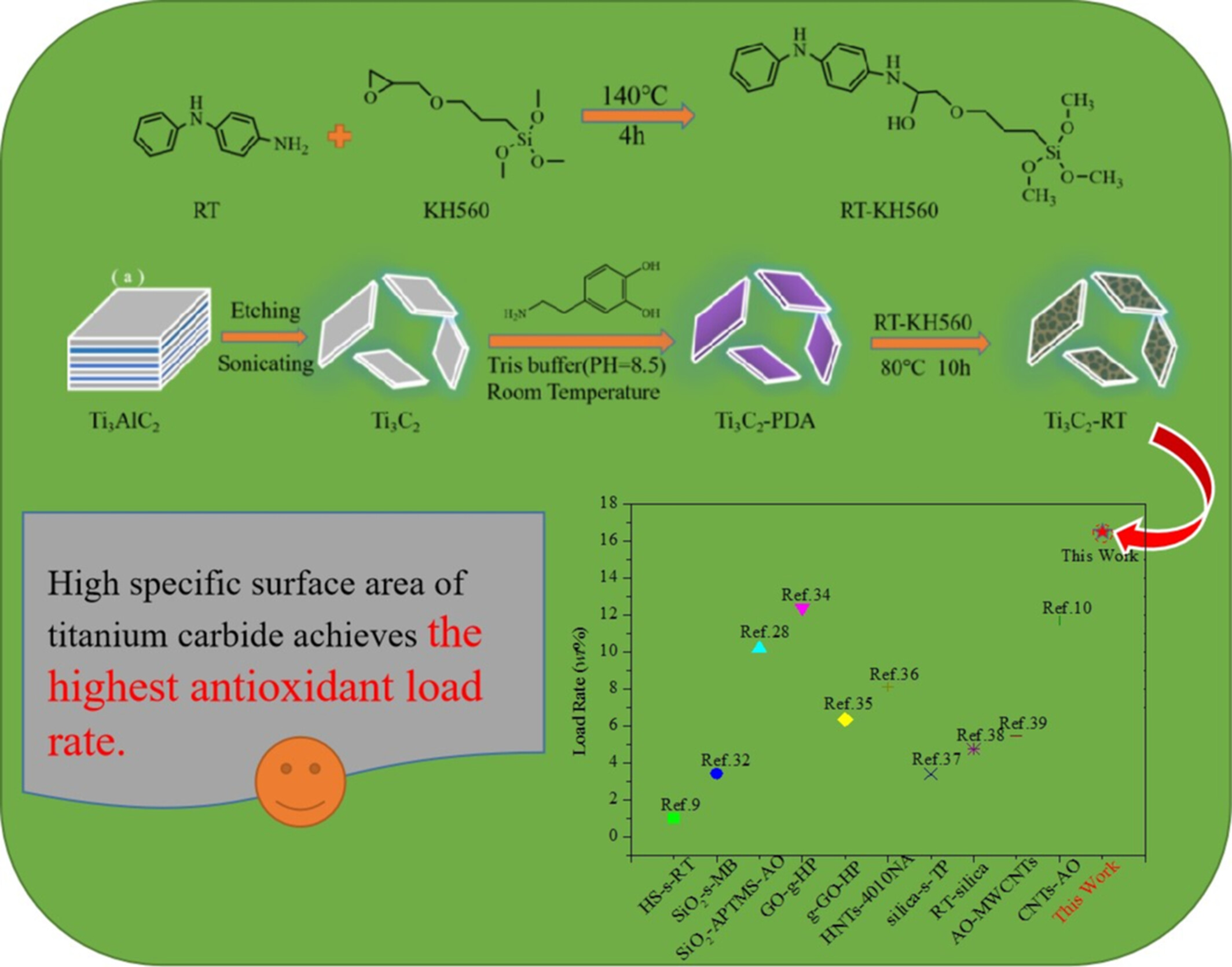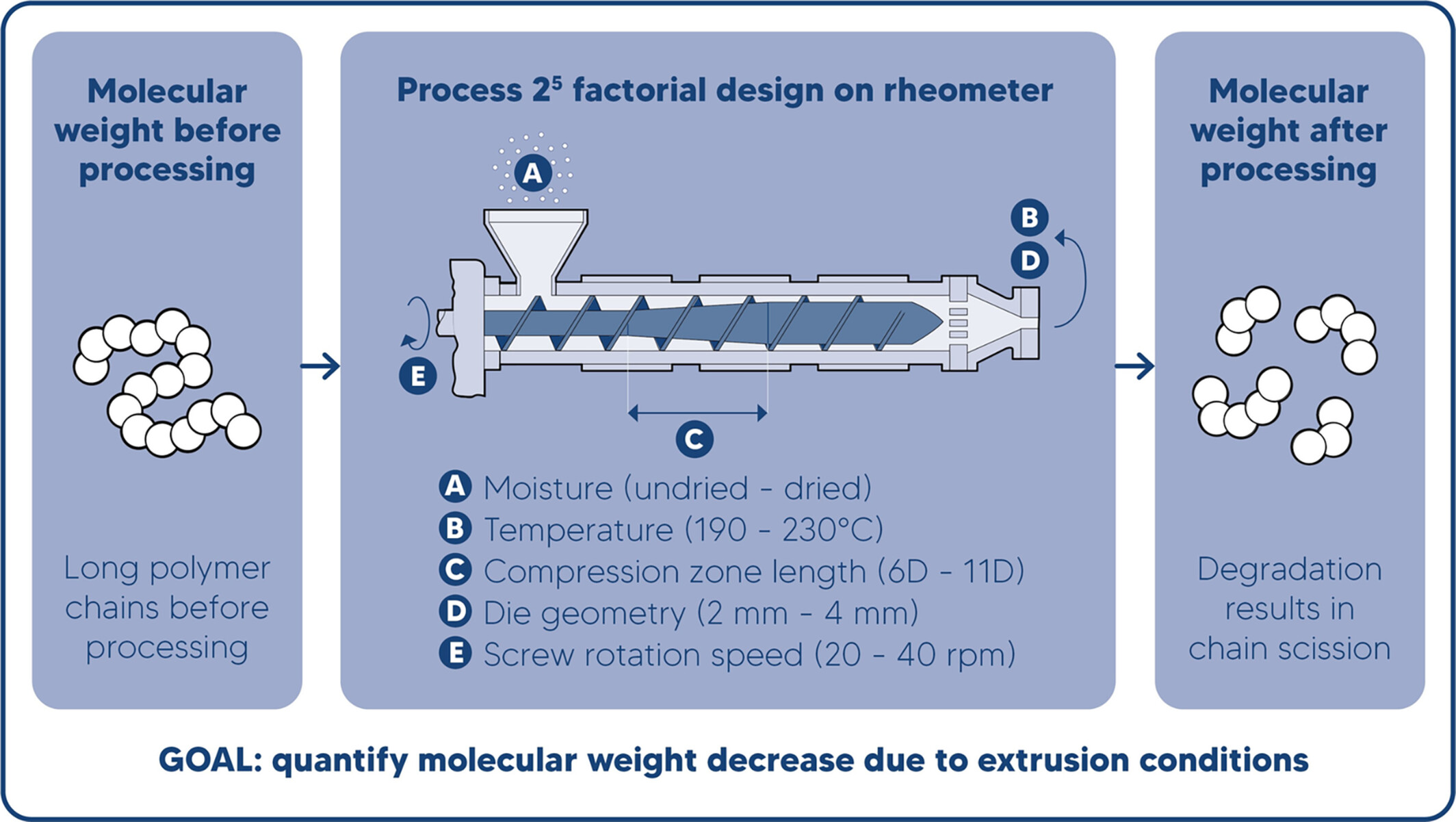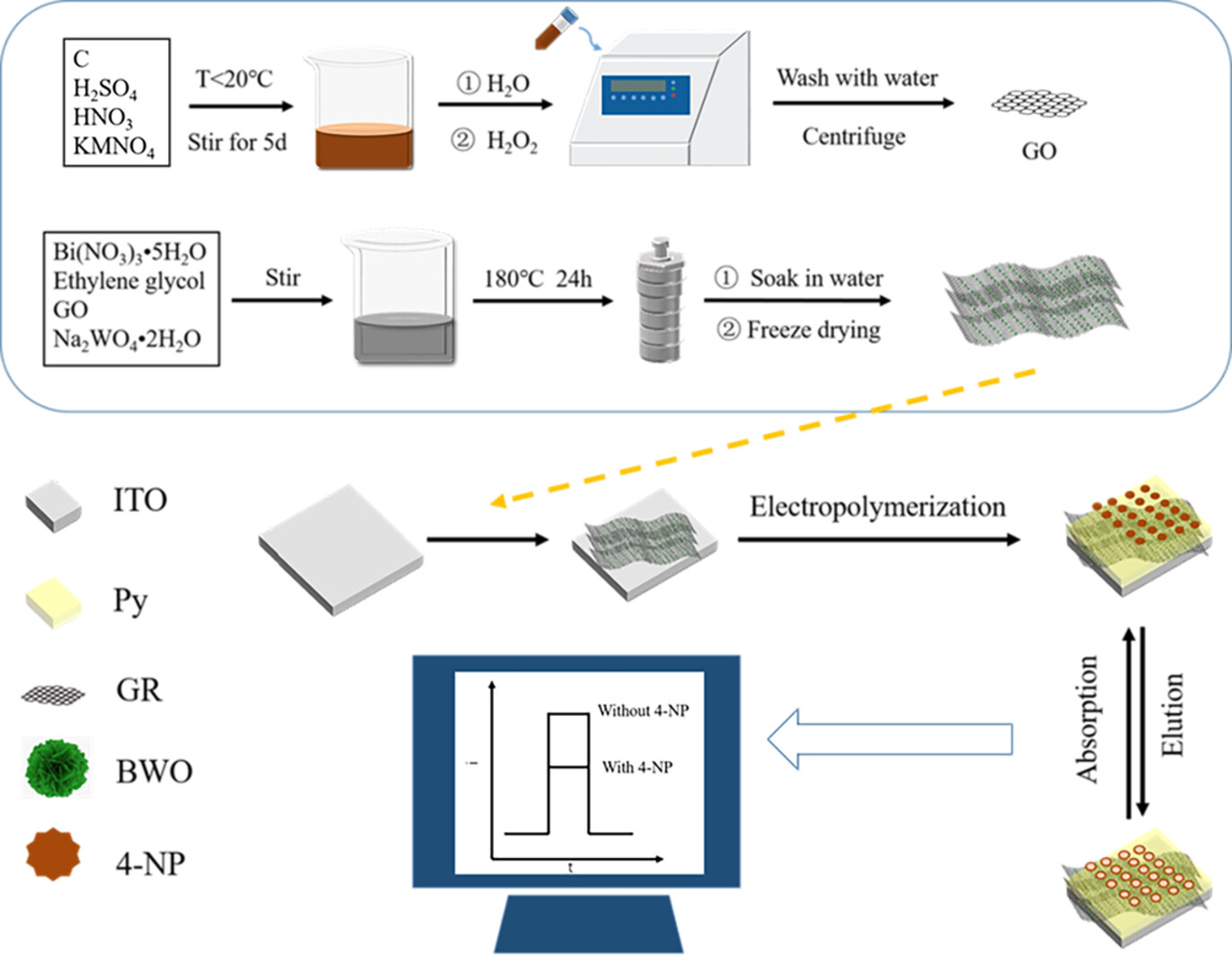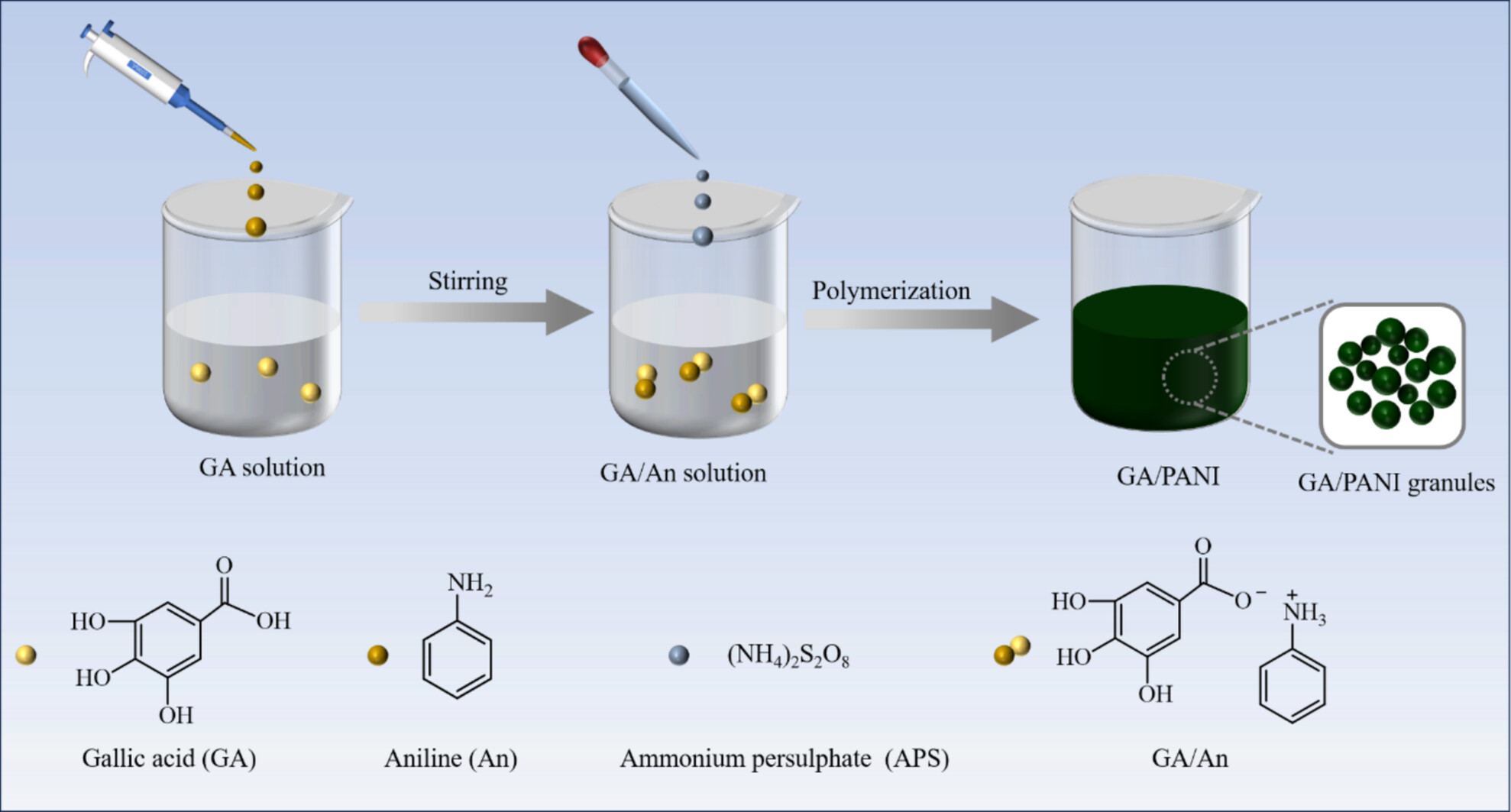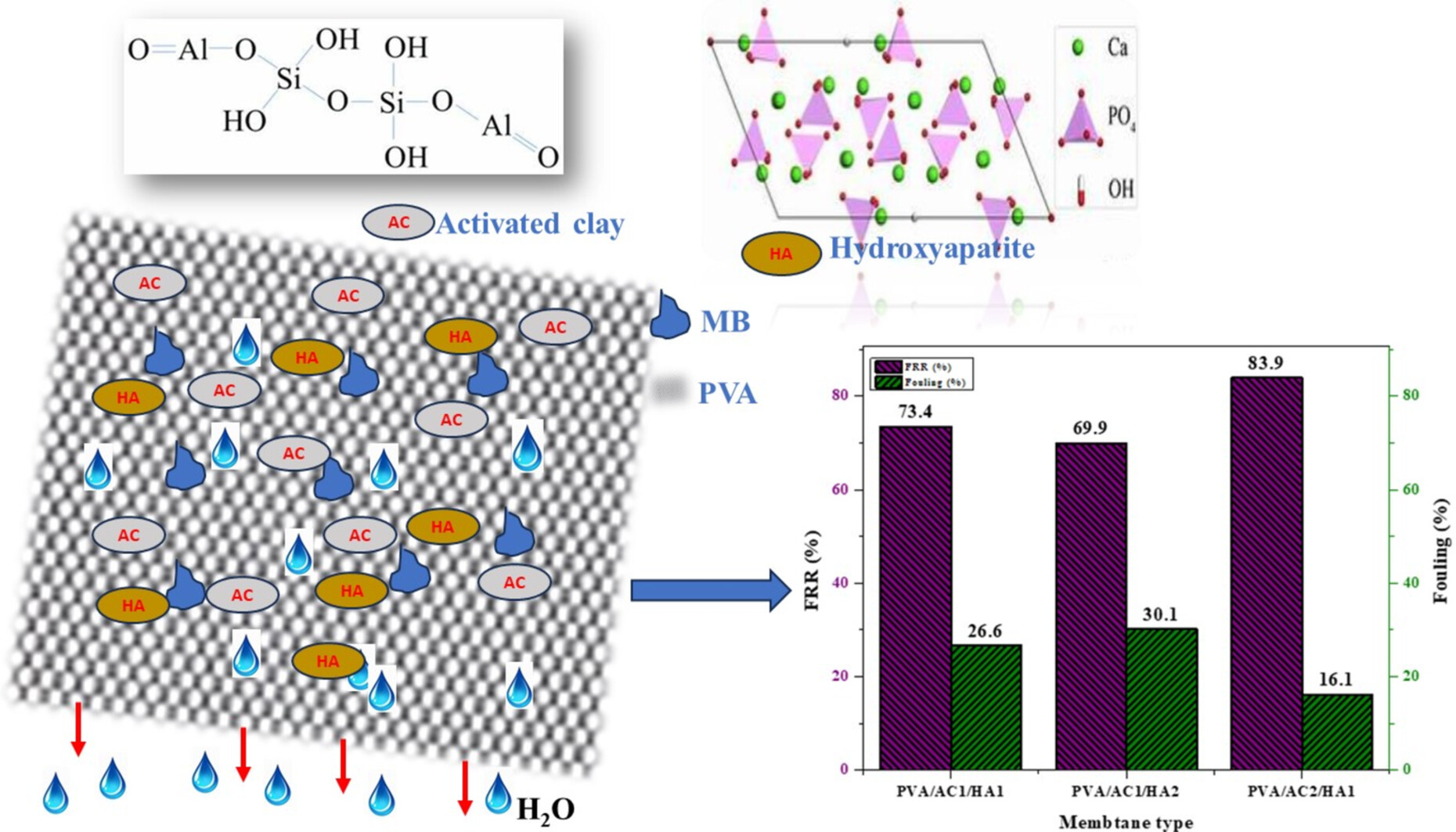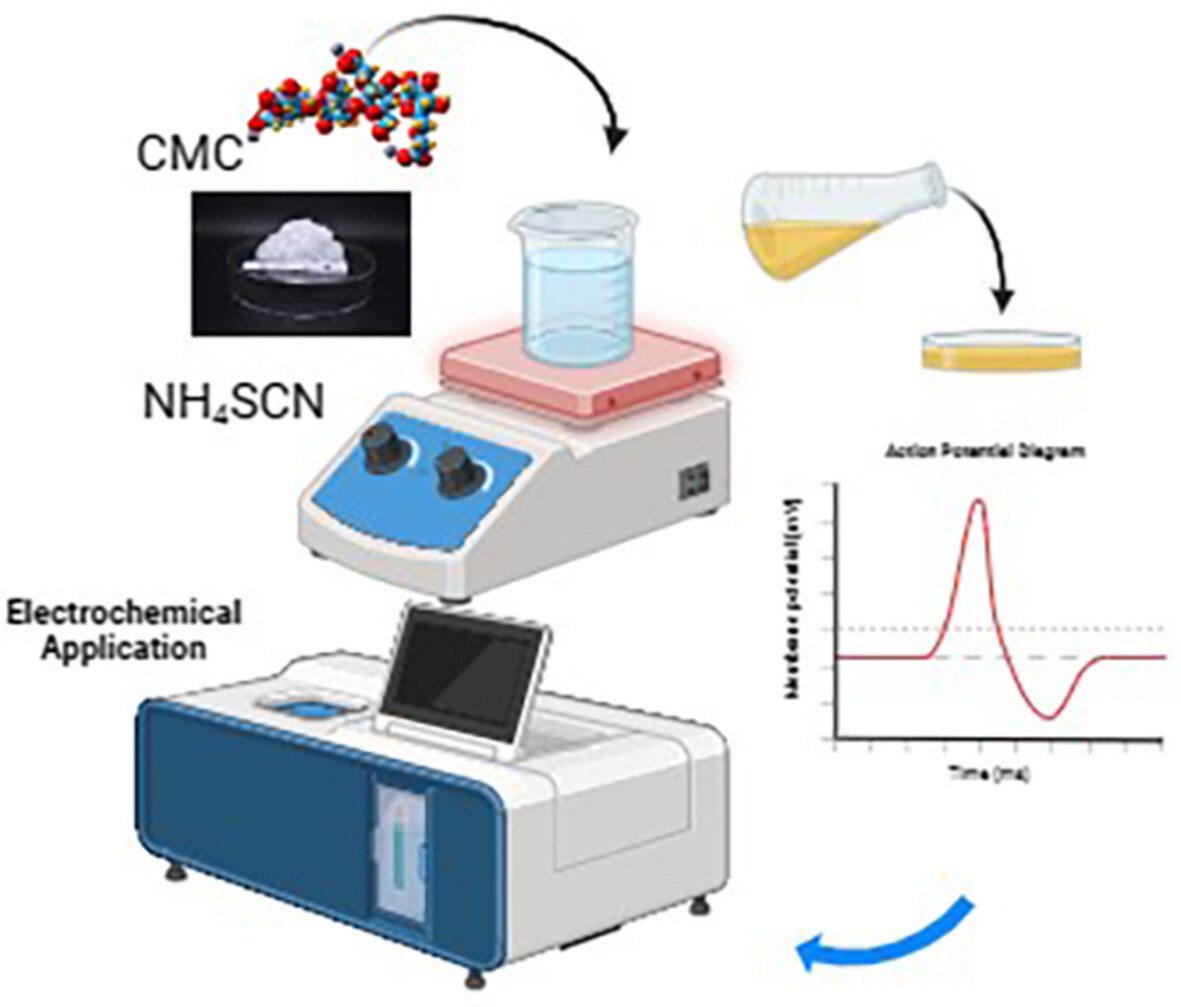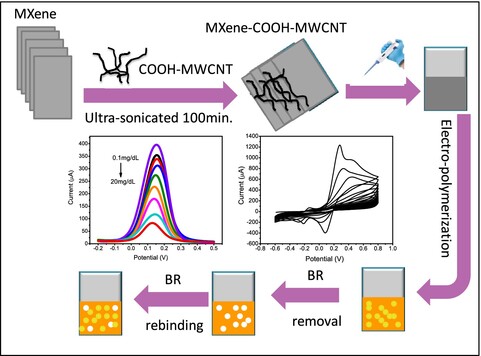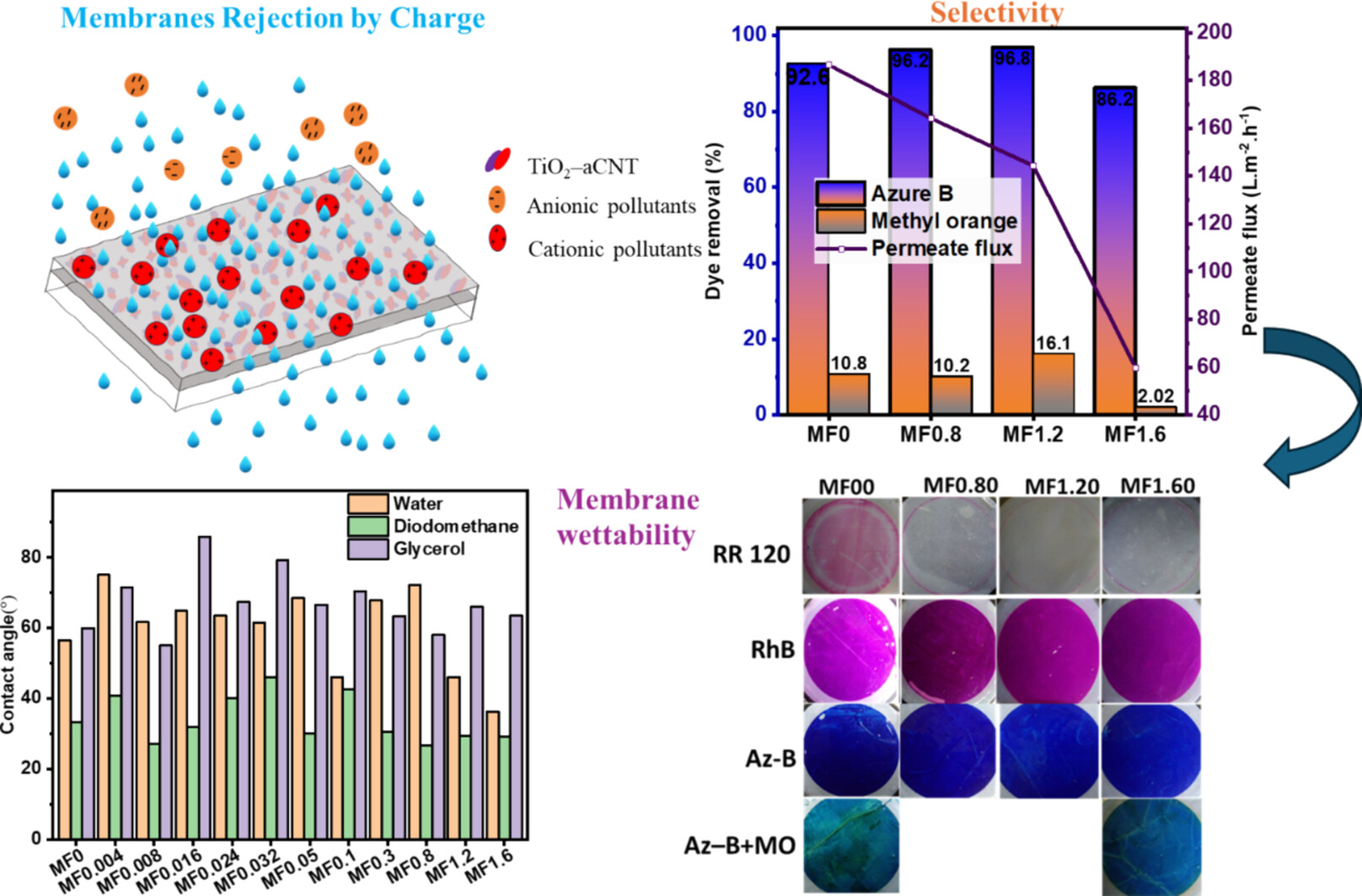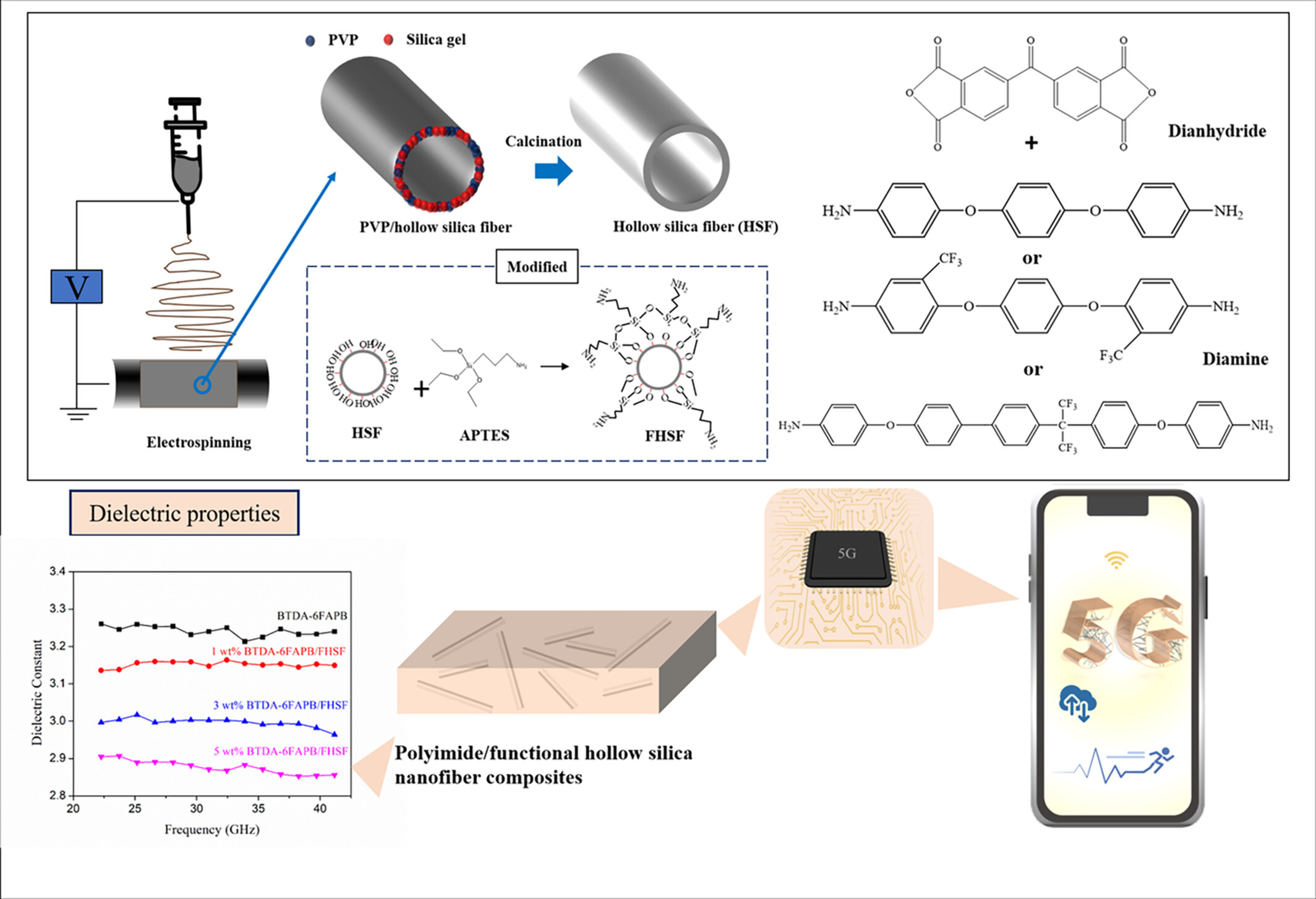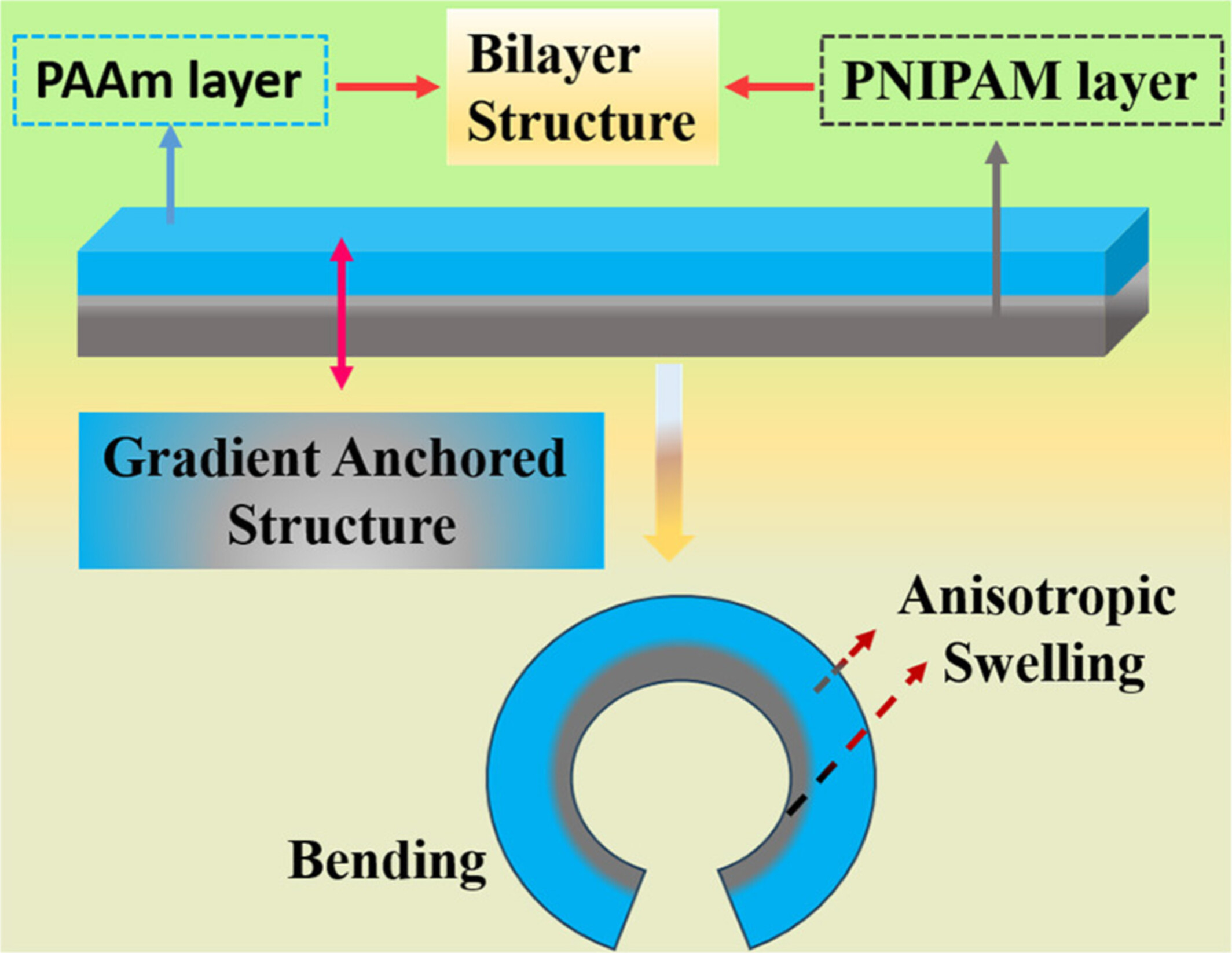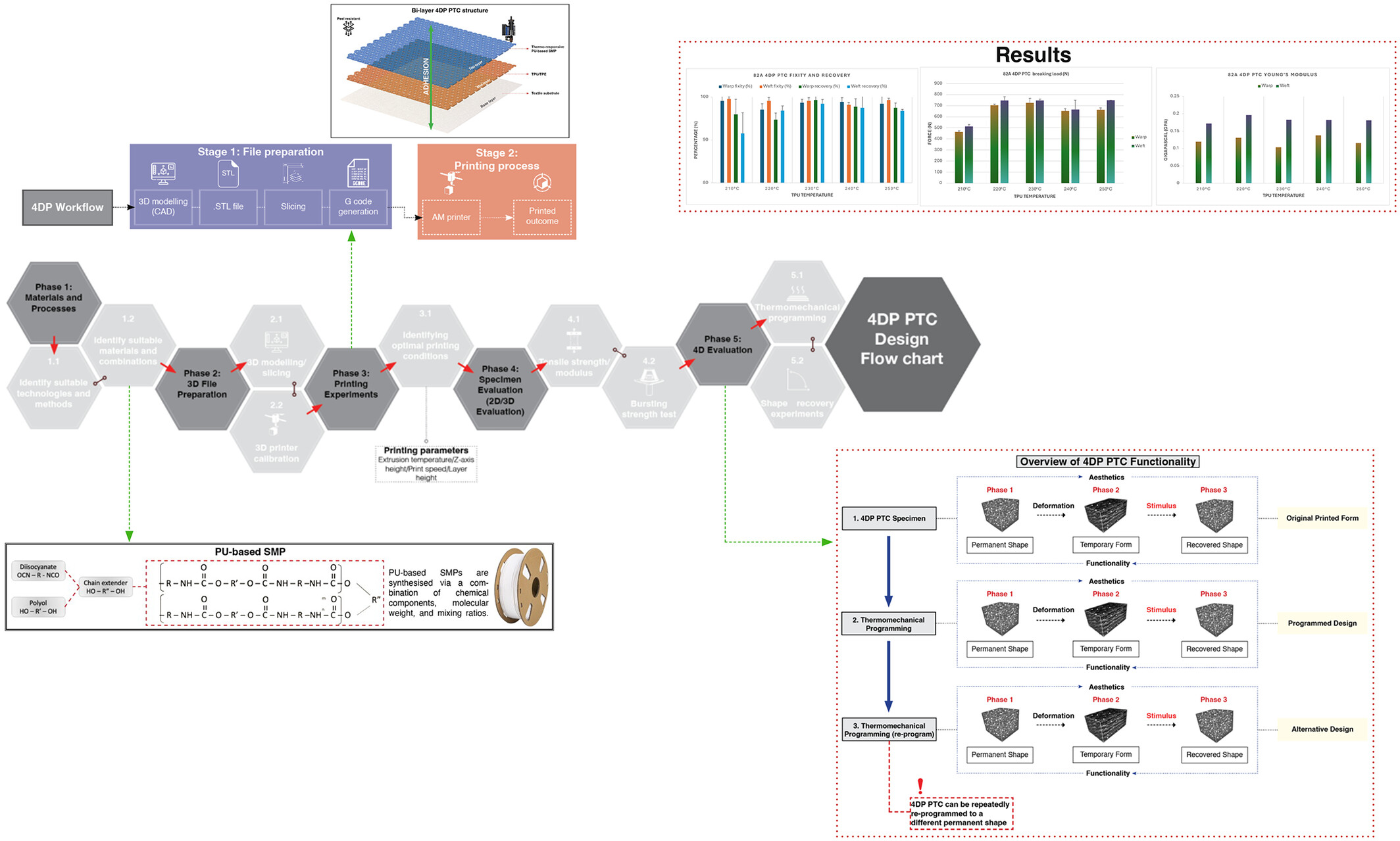Journal list menu
Export Citations
Download PDFs
ISSUE INFORMATION
RESEARCH ARTICLE
Synthesis of Phosphorus-Nitrogen Synergistic Flame Retardant Containing Pyrimidine Ring/Vanillin for Improving Flame Retardancy, Smoke Suppressing, and Mechanical Properties of Epoxy Resin
- First Published: 08 January 2025
Flame-Retardant Rigid Polyurethane Foam Composites Based on Piperazine Pyrophosphate/Steel Slag: A New Strategy for Utilizing Metallurgical Solid Waste
- First Published: 29 January 2025
Development of Biodegradable High-Alumina Clay-Modified Poly (Butylene Adipate-Co-Terephthalate) Composites for Sustainable Packaging Applications
- First Published: 10 January 2025
Rod-Like Nanofibres Polyaniline@Expanded Graphite Based on “Achieve Two Things at One Stroke” Strategy for Supercapacitor and Photosensor Applications
- First Published: 16 January 2025
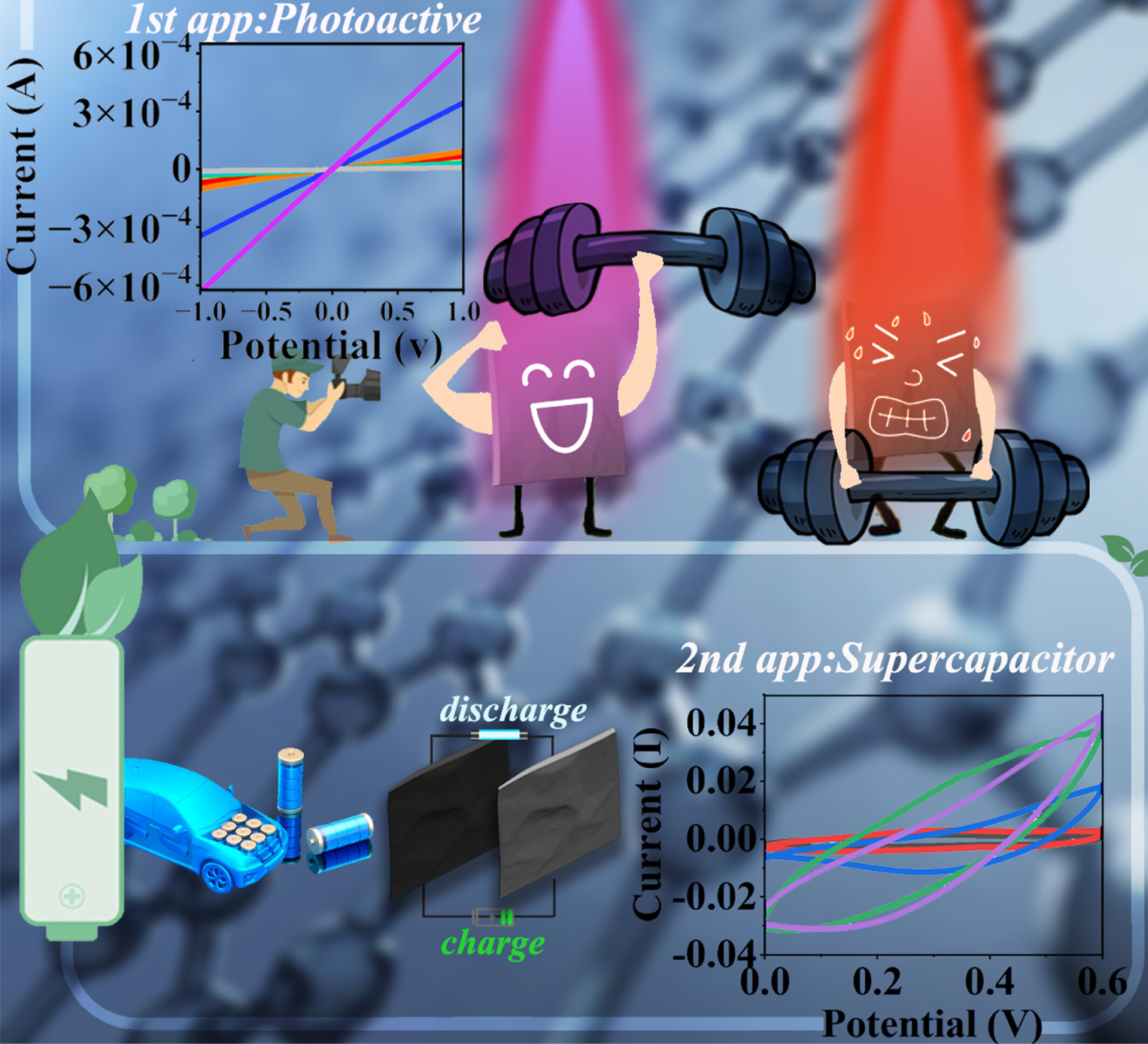
A new composite material was developed using a “achieve two things at one stroke” strategy. This material demonstrated two noteworthy applications. Firstly, it exhibited a specific capacitance of up to 377 F/g. Even after 1000 charge/discharge cycles, the specific capacitance remained at 91.3% of its initial value. Secondly, it exhibited excellent photosensitivity properties, with sensitivity to ultraviolet light being 9.2 times that of red light. This conductive polymer shows promising potential in electrode materials and photosensitive devices.
Effect of Poly(Ethylene Glycol)-Poly(d-Lactide) Block Copolymers on the Microstructure and Performances of Poly(l-Lactide)/Rubber Blends
- First Published: 04 January 2025
Obtaining Damage Parameters for Out-of-Plane Adhesive Failure in Epoxy–Aluminum Interface
- First Published: 06 January 2025
Solvent-Free Preparation of Reactive Flame-Retardant Polyurethane Resin for Synthetic Leather Applications
- First Published: 06 January 2025
Ballistic Penetration Behavior of a Novel Tissue Analogs Paraffin Target: Experiment, Simulation, and Theory
- First Published: 06 January 2025
Green-Synthesized Zinc Oxide/Polyvinyl Alcohol /Cashew Gum/Polypyrrole Nanocomposites With Enhanced Mechanical, Thermal, and Electrical Properties for Nanoelectronics
- First Published: 03 January 2025
Effect of Oil Shale Semi-Coke With Different Particle Sizes on Mechanical and Thermal Properties of Low-Density Polyethylene Composites
- First Published: 02 January 2025
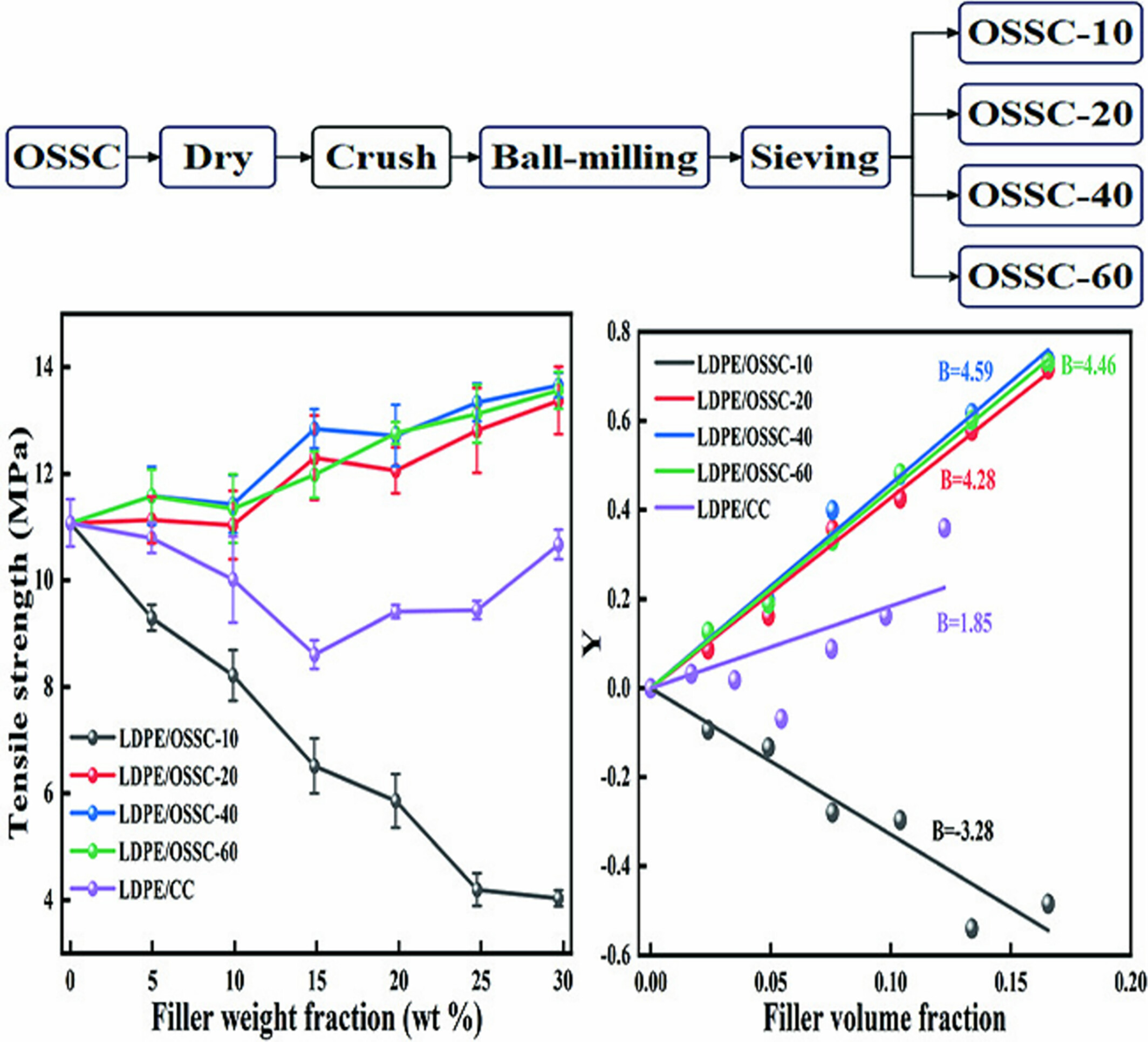
Four types of oil shale semi-coke (OSSC) powders with varying particle sizes are obtained by controlling the ball milling time. LDPE composites are prepared using 2500-mesh heavy calcium powder as a contrast filler. The LDPE/OSSC-40-30 composites exhibit the best mechanical properties and interface interaction parameters among the tested composites.
Thermal Softening and Degradation of UHMWPE Composites: Effect of Melting Process
- First Published: 06 January 2025
Application of High-Density Polyethylene as a Modifier to Prepare Desulfurized Rubber Asphalt With Excellent Storage Stability
- First Published: 07 January 2025
Study on Cut-Resistance Properties of Composite Yarn Based Knitted UHMWPE Textiles: Influence of Reinforcement, Radiant Heat Exposure, Outdoor Environment, and Cutting Angles
- First Published: 02 January 2025
Effects of Self-Assembled β-Crystal Nucleating Agents on Crystallization and Microcellular Foaming Behavior of Long-Chain Branched Polypropylene
- First Published: 08 January 2025
Ba-Alginate Microspheres for Protein Encapsulation by Aerosolization
- First Published: 14 January 2025
Comparative Assessment of the Antioxidant and Antibacterial Properties of Various Phenolic Acid-Chitosan Grafted Polymers
- First Published: 02 January 2025
Regulatory Potency of Oligomeric Proanthocyanidins (PACs) on Extrafibrillar and Intrafibrillar Collagen Mineralization
- First Published: 22 January 2025
Peptide-Grafted Waterborne Polyurethane With Enhanced Biocompatibility and Mechanical Properties for Biomedical Applications
- First Published: 07 January 2025
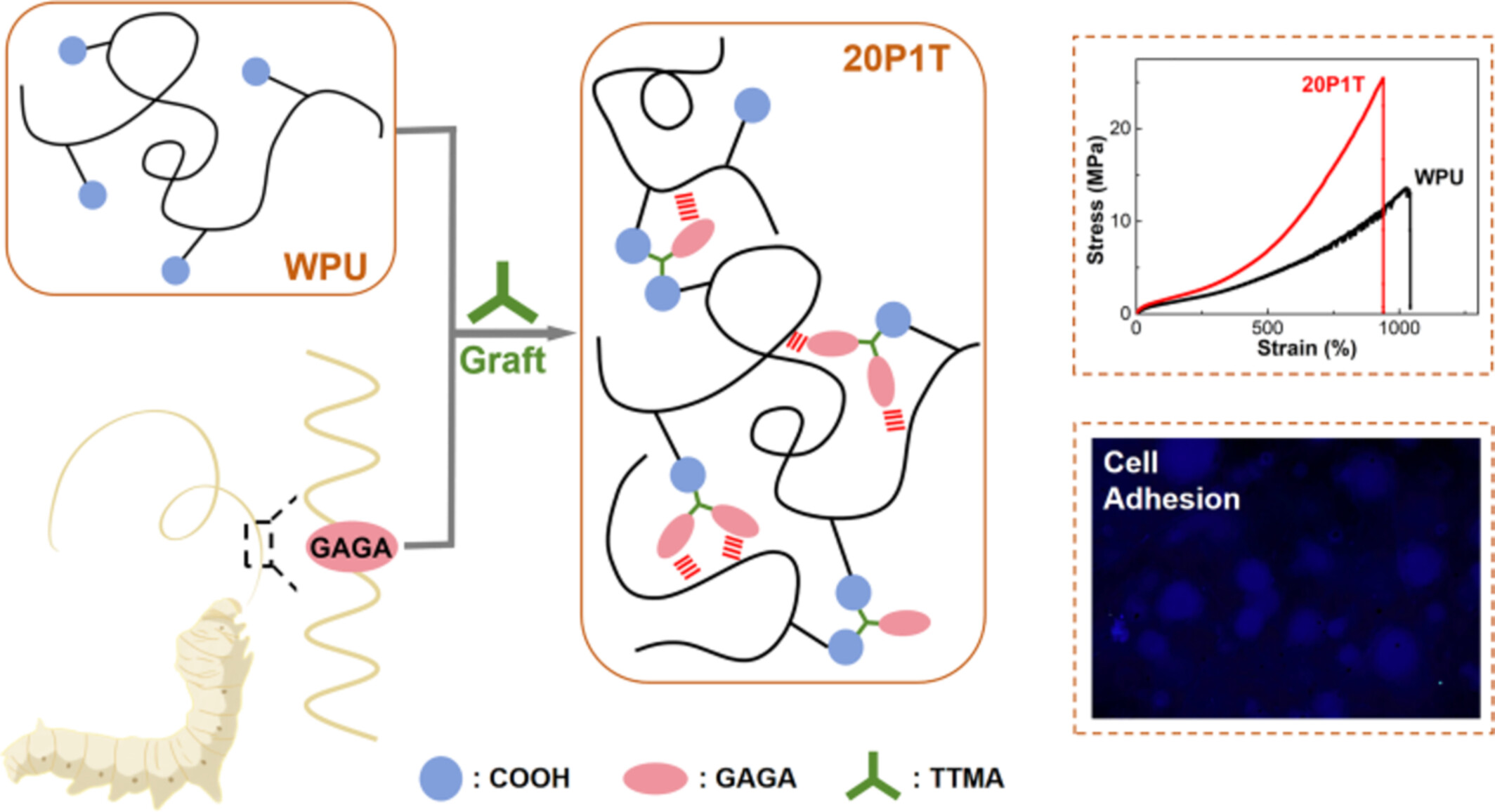
A crystalline tetrapeptide Gly-Ala-Gly-Ala derived from the repetitive segments of the primary sequence of silk fibroin was grafted onto the waterborne polyurethane backbone. The tetrapeptides aggregated via additional hydrogen bonds to form crystalline domains, which served as physical crosslinking points to significantly improve the mechanical properties and biocompatibility of WPU.
In Situ Synthesis of CNT-Bridged UiO-66-(COOH)2 on Polytetrafluoroethylene Porous Membrane for Portable Hemodialysis
- First Published: 05 February 2025
Highly Aging-Resistant Polybutadiene Rubber Doped With High-Loading Antioxidant-Loaded Titanium Carbide
- First Published: 15 January 2025
Effect of Processing Conditions on Process-Induced Degradation of Poly(Lactic Acid) During Single-Screw Extrusion
- First Published: 18 January 2025
Dual 3D Structural Bi2WO6 @Graphene Hydrogel Composites Modified Molecularly Imprinted Polymers: Application for Sensitive Photoelectrochemical Sensing of 4-Nitrophenol in PM2.5
- First Published: 06 January 2025
Efficient Preparation of Gallic Acid-Incorporated Polyaniline as an Electrode Material With Tunable Electrochemical Performance
- First Published: 06 January 2025
Polyvinyl Alcohol Embedded Activated Clay/Hydroxyapatite Membranes for Fouling Control During the Removal of an Organic Dye in Water
- First Published: 08 January 2025
The Structural, Electrical and Dielectric Studies of CMC Based Biopolymer Gel Electrolytes for Ecofriendly Device Applications
- First Published: 07 January 2025
Studying the Synergistic Effects of Molecularly Imprinted Orthophenylenediamine and MXene/COOH-MWCNT Composite for Vitro Diagnosis of Bilirubin in Human Serum
- First Published: 06 January 2025
An Investigation Into the Influence of Titania–Carbon Nanotube Nanophotocatalysts Into the Filtration Performance of Polyethersulfone-Based Membranes
- First Published: 21 January 2025
Active Bio-Nanocomposite Films Based on PVA Filled With CNC and Bio-Active Extract From Onion Skin Waste
- First Published: 10 January 2025
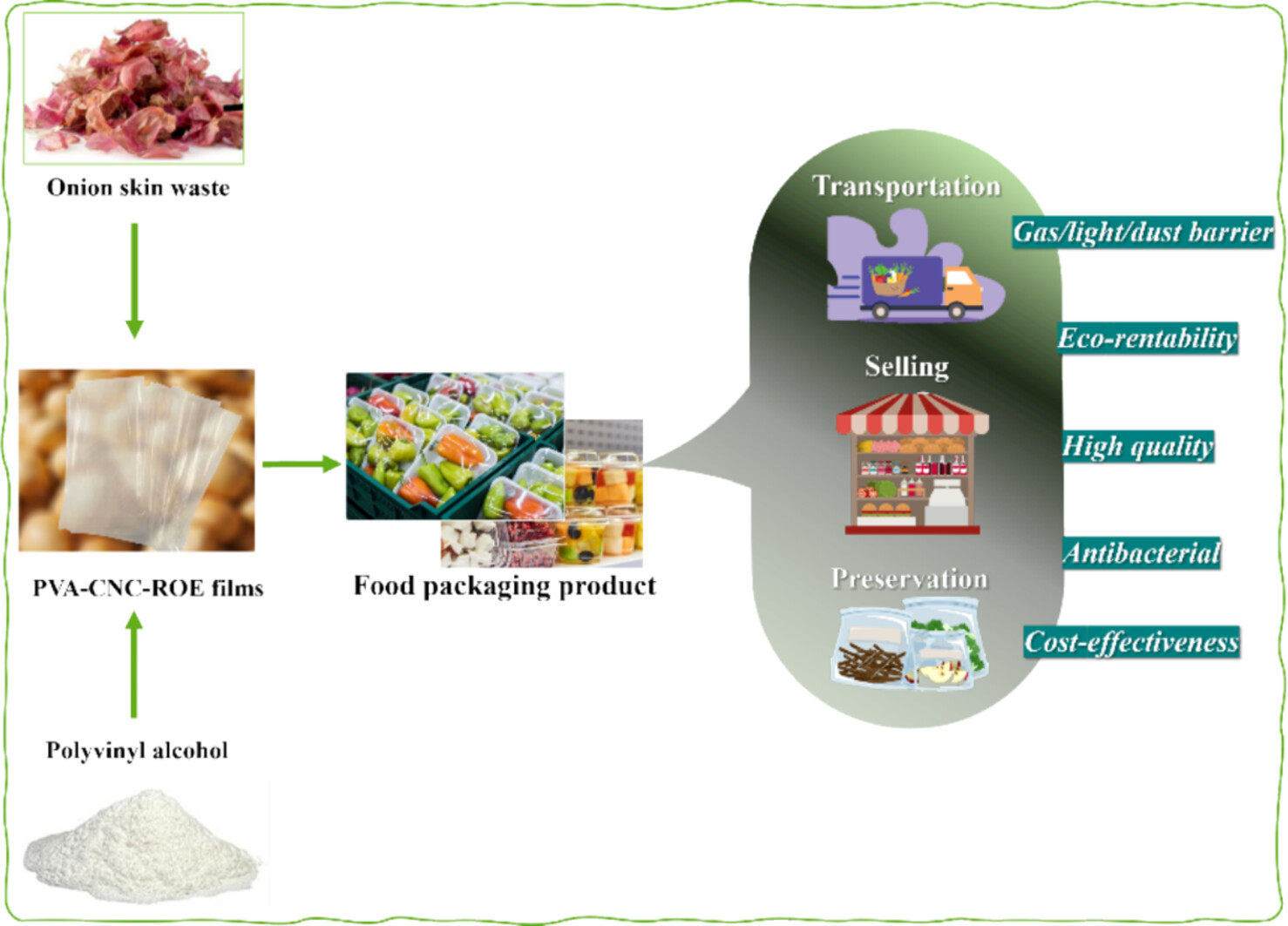
This research describes a simultaneous process to obtain cellulose nanocrystals (CNC) and bioactive red onion extract (OPE) from red onion waste. Both biomaterials were used to enhance the properties of polyvinyl alcohol (PVA)-based films. The bio-nanocomposites were fully characterized, and their mechanical and antibacterial activities were investigated. The results highlight that the formulated PVA-CNC(5%)-OPE exhibits effective antibacterial properties, making it appropriate for antibacterial-activated food packaging products.
Effect of Various Diamines on the Mechanical, Thermal, and High-Frequency Dielectric Properties of Polyimide and Their Composites With Functionalized Hollow Silica Fiber
- First Published: 12 January 2025
Robust Fabrication of Anisotropic Bilayer Hydrogel Embedded With a Gradient Structure in One Layer: Enhanced Temperature-Responsive Bending, Shape Programmability, and Actuator and Sensor Applications
- First Published: 08 January 2025
Thermoplastic Polyurethane/Polylactic Acid Blend Foams Loaded With Curcuma longa L. and Hypericum perforatum Extracts Towards Wound Dressing Applications
- First Published: 06 January 2025
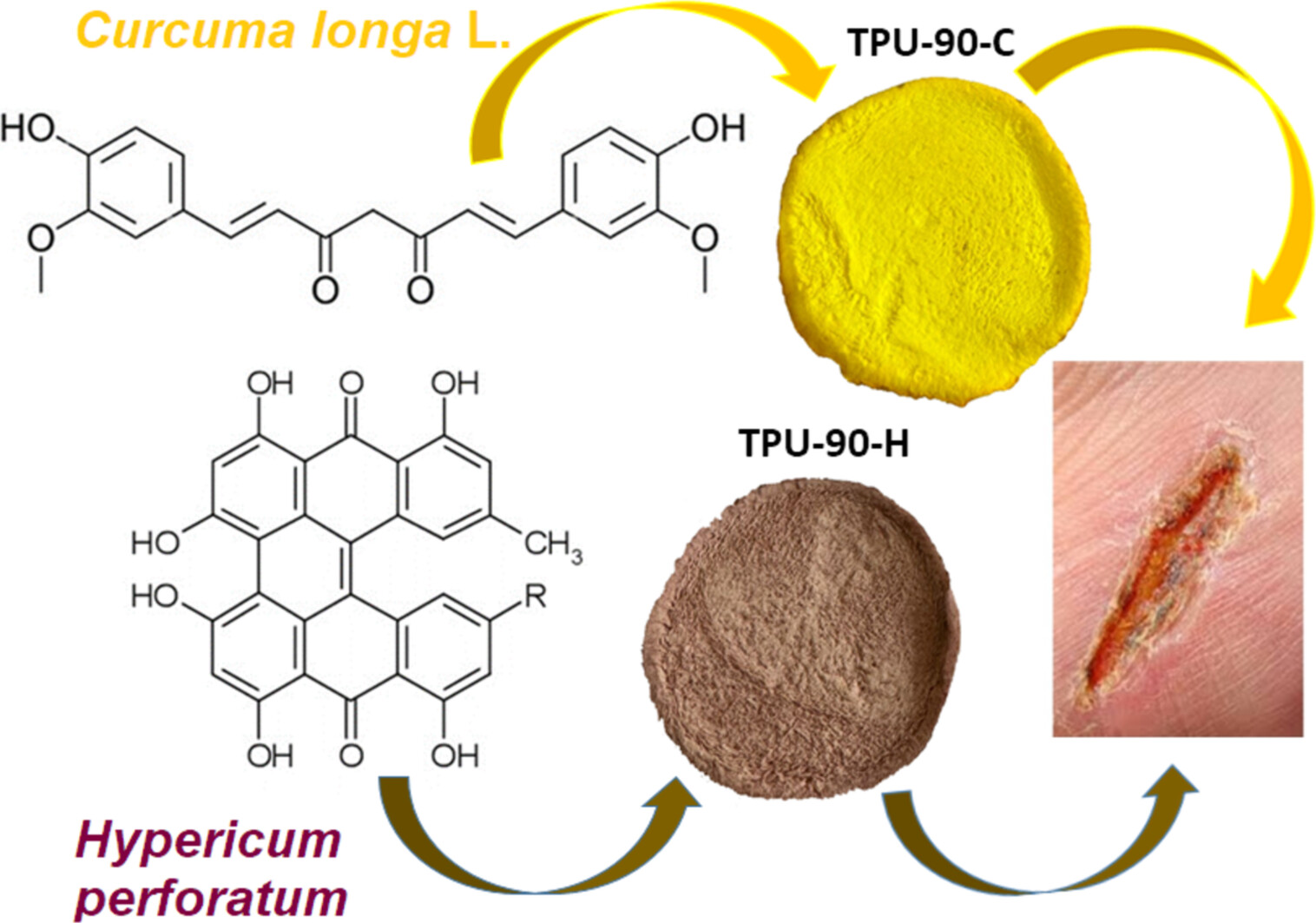
Biobased thermoplastic polyurethane/polylactic acid blend foams are fabricated by thermally induced phase separation method. The produced foams are loaded with natural extracts of Curcuma longa L. and Hypericum perforatum for WD application. The TPU/PLA foams loaded with C. longa L. and H. perforatum extracts show the best positive effect upon cells growth and development. Overall, all investigated foams, especially those loaded with extracts, are beneficial for WD and healing applications.
Design and Preparation of Soluble Polyimide Binder With Random Copolymerized Rigid-Flexible Segments for Lithium Ion Batteries
- First Published: 15 January 2025
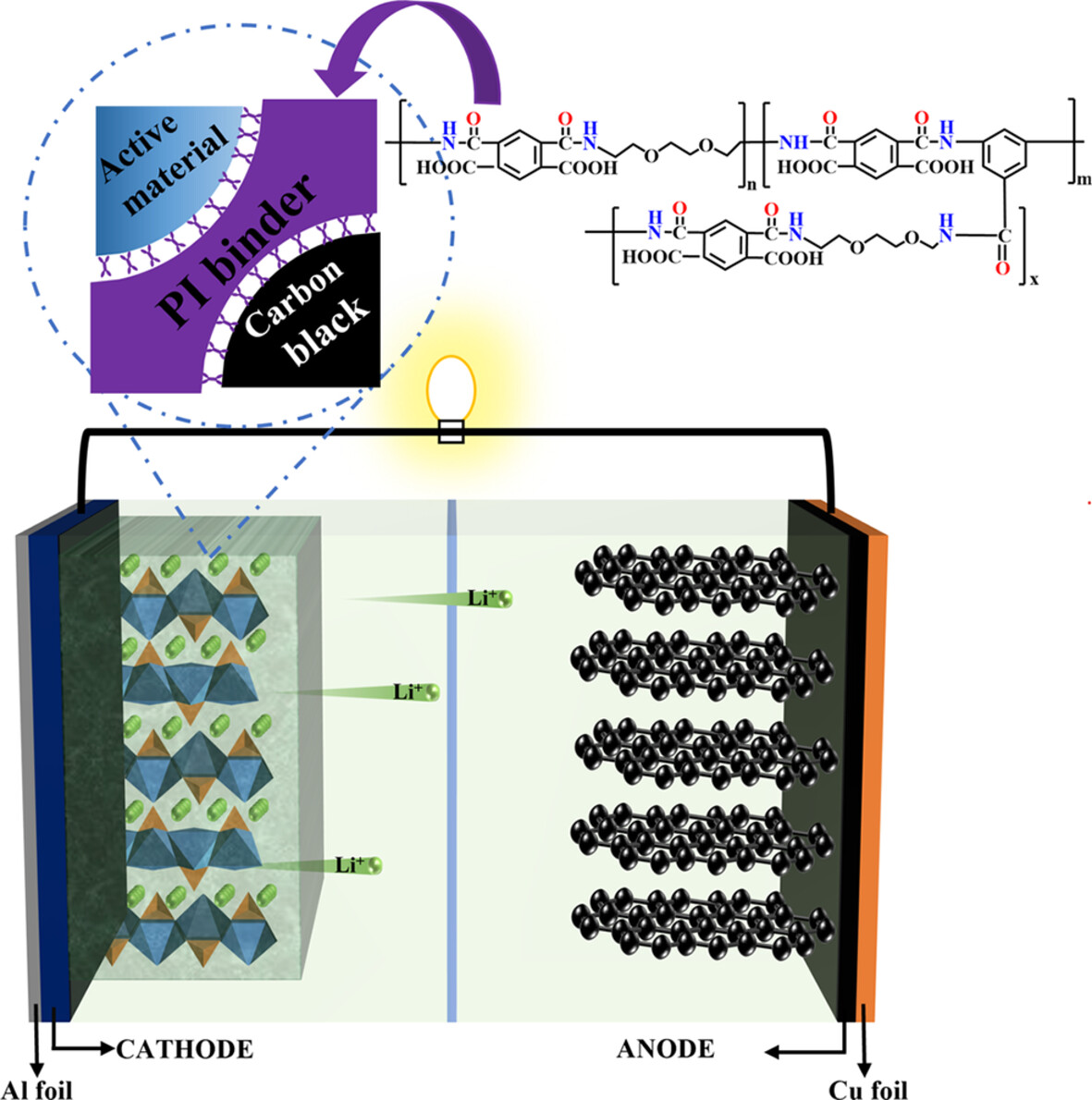
The rigid-flexible segments in the PI binders work synergistically during the electrochemical process, in which the rigid segments of aromatic units with strong lithiophilic CO group provided the necessary mechanical support and affinity with electrolytes, while the flexible segments endow the necessary solubility of PIs in NMP and provide the buffer effect to the volume change during the charge/discharge process.




